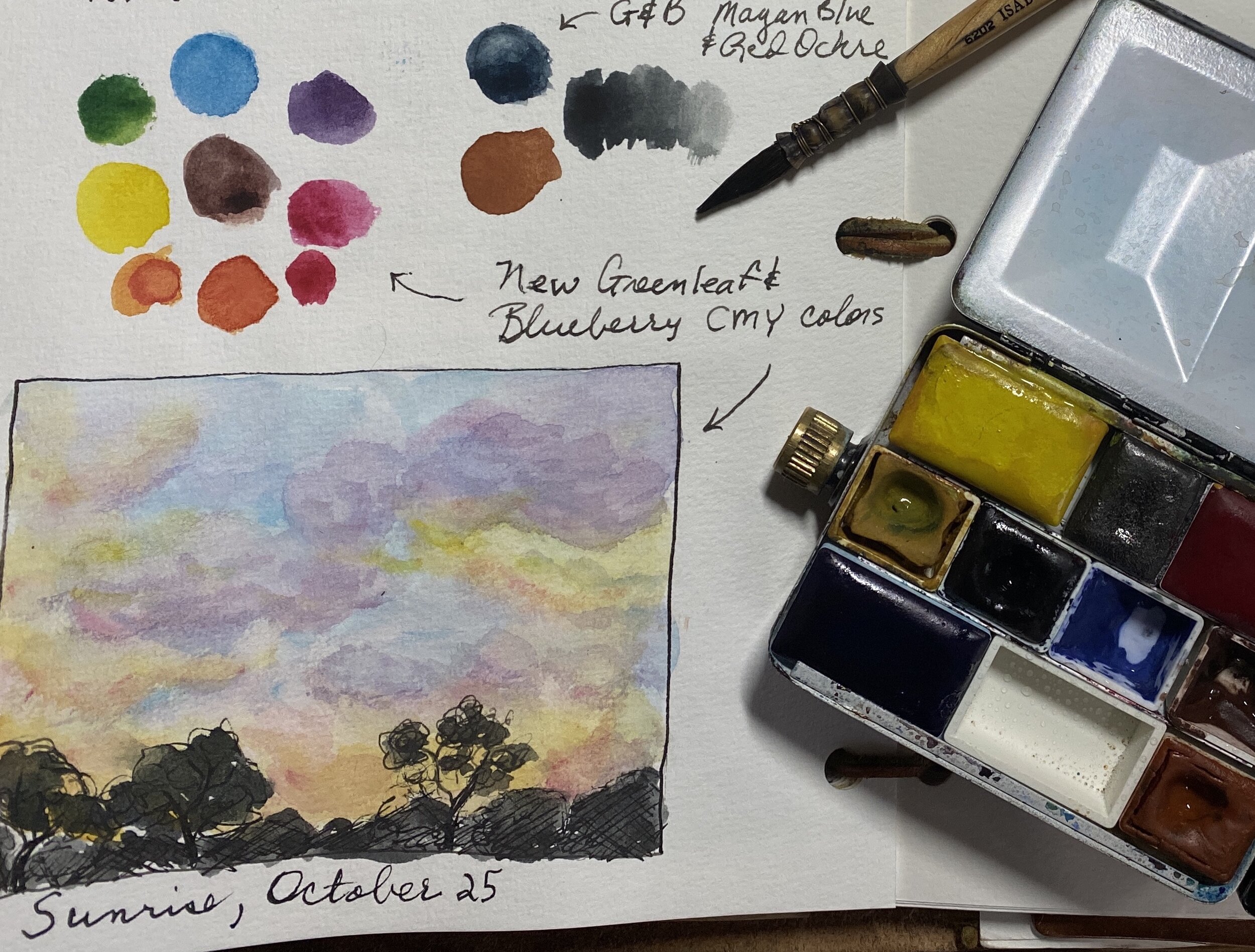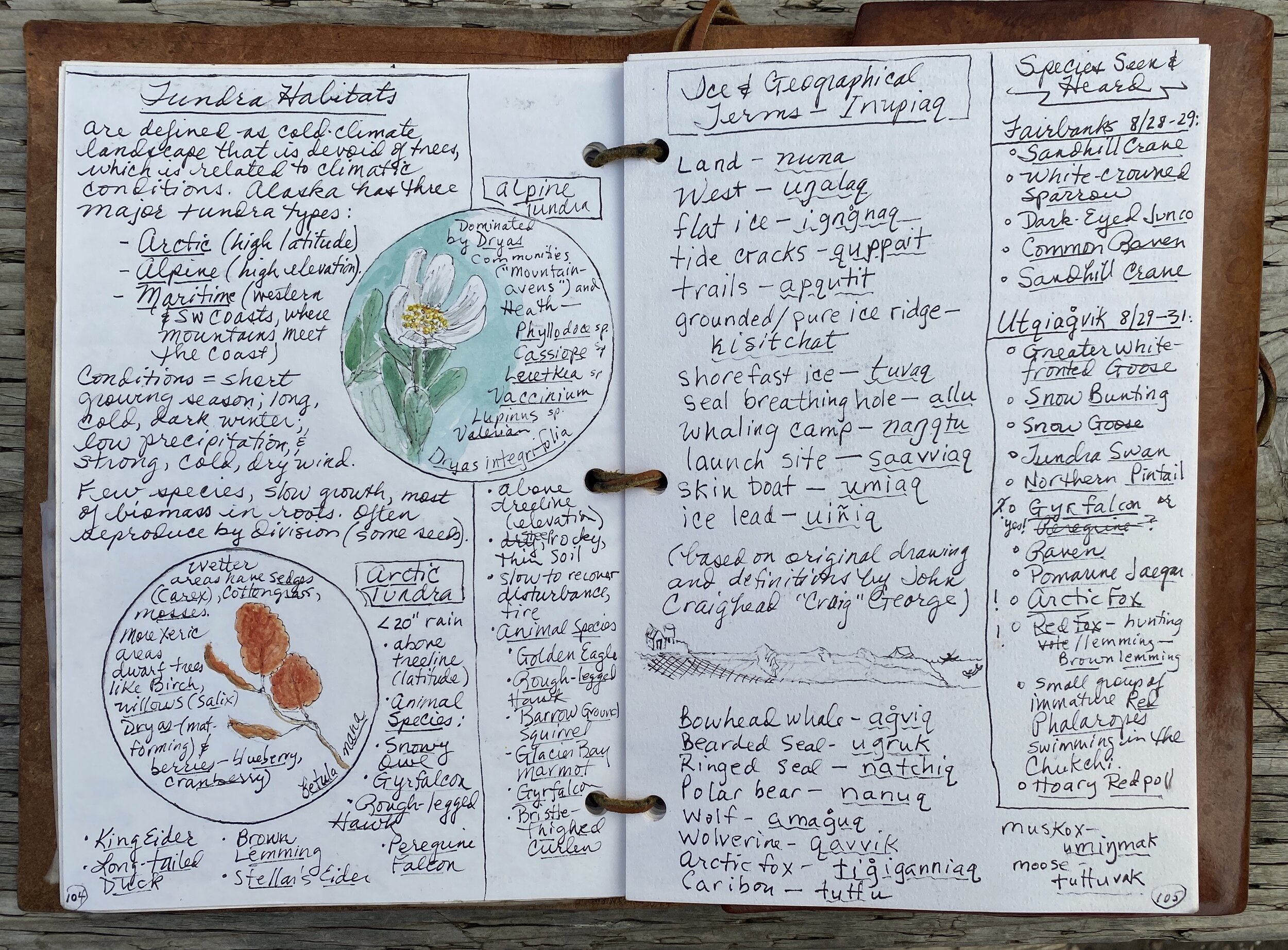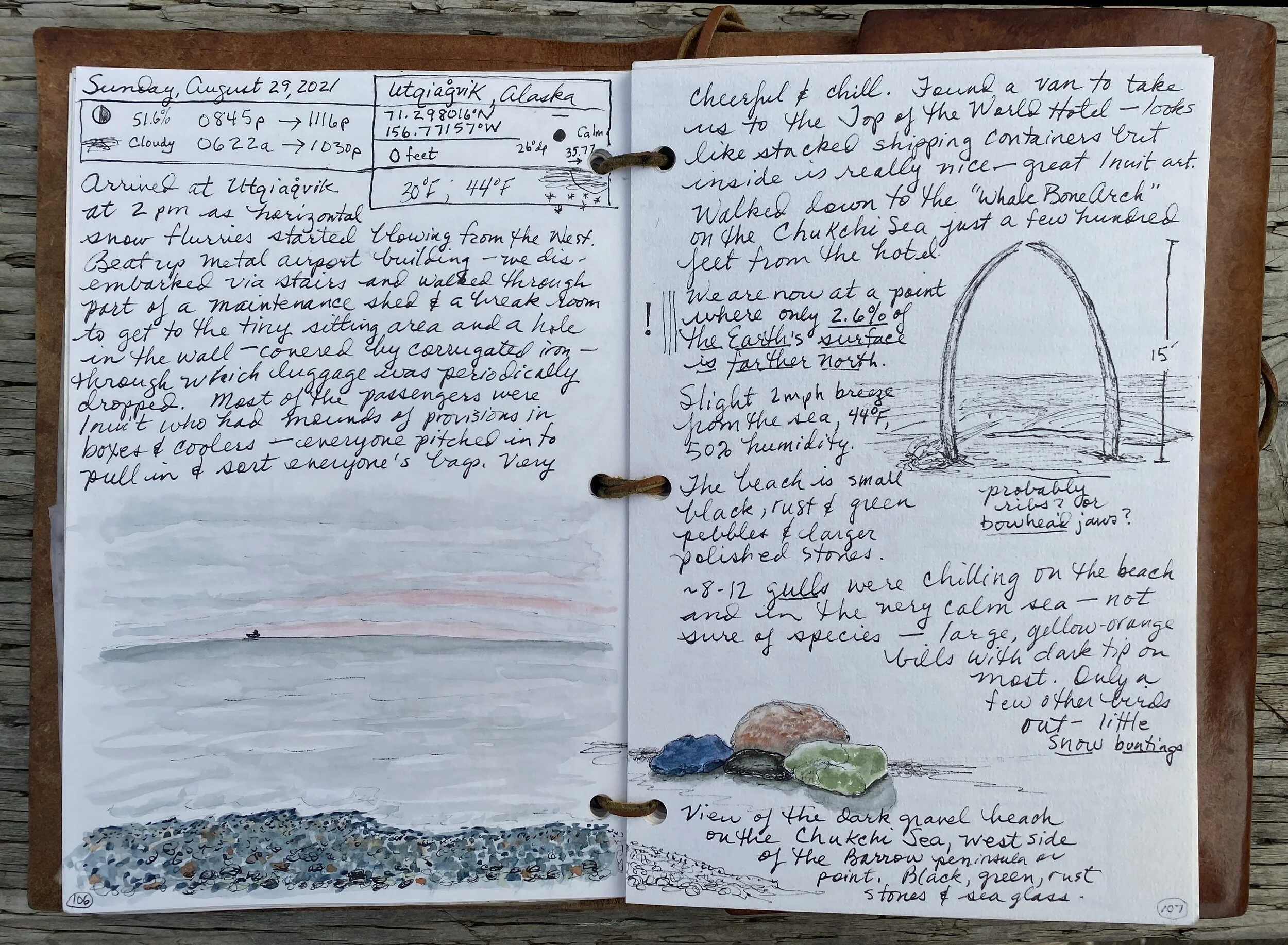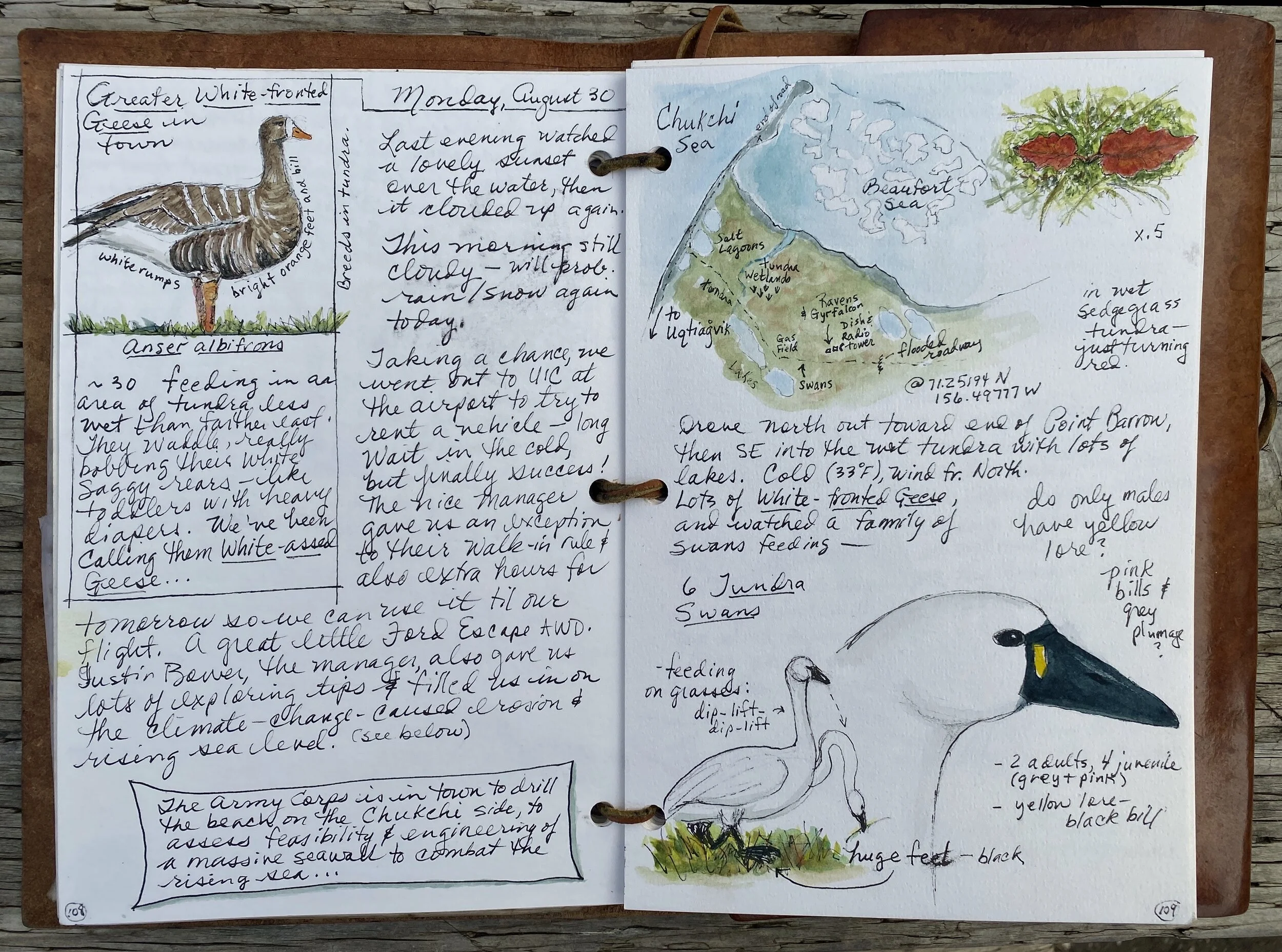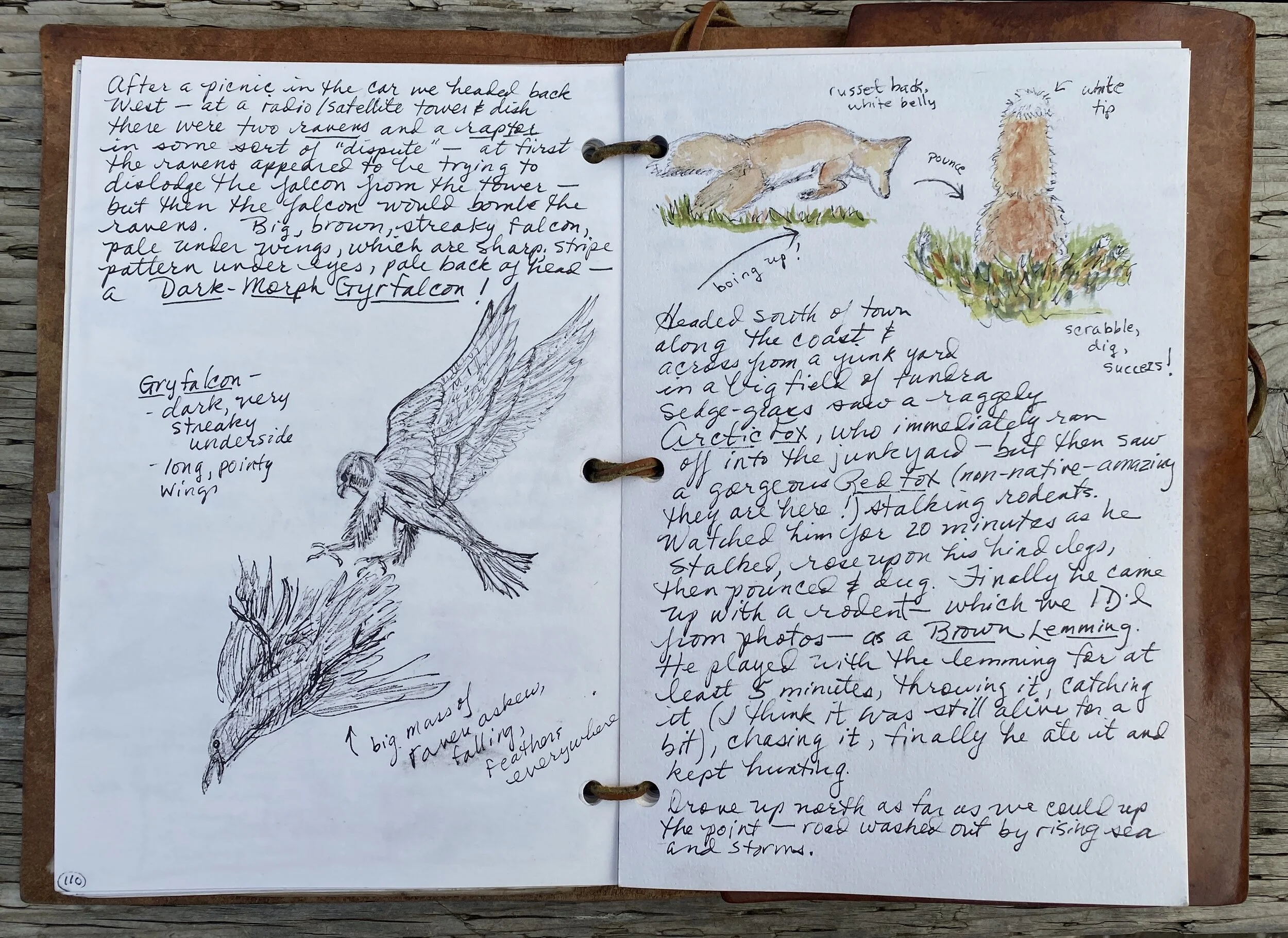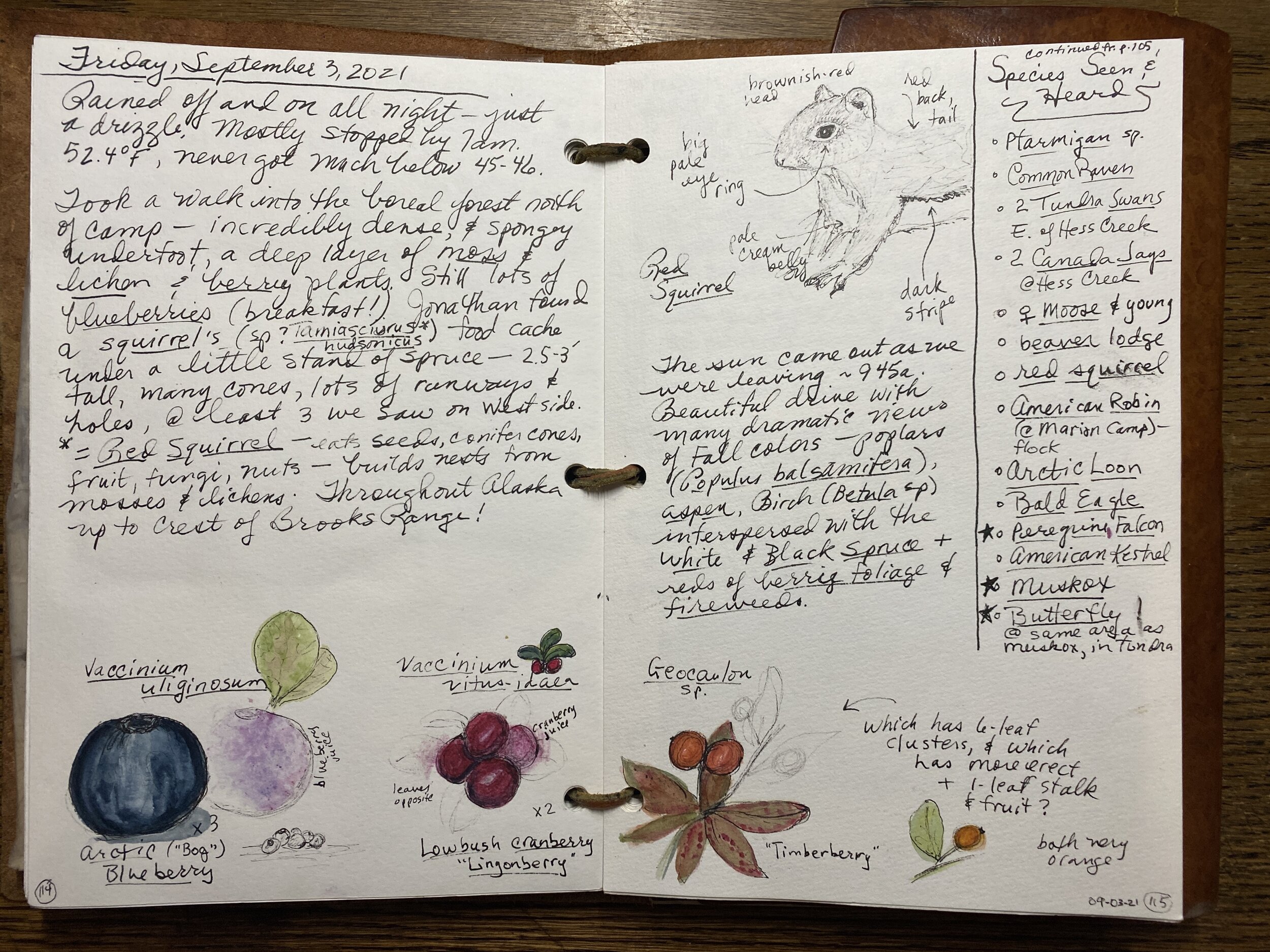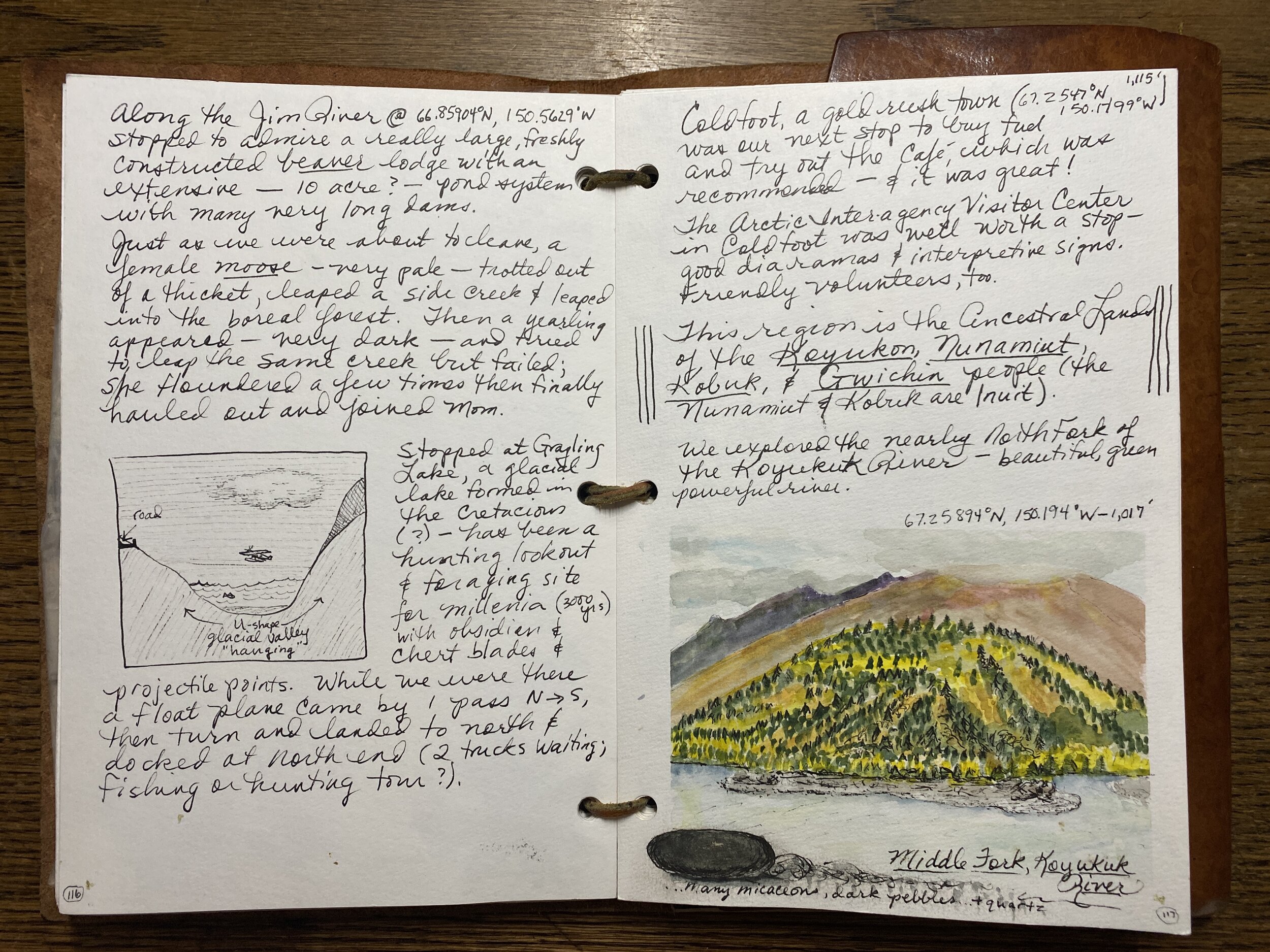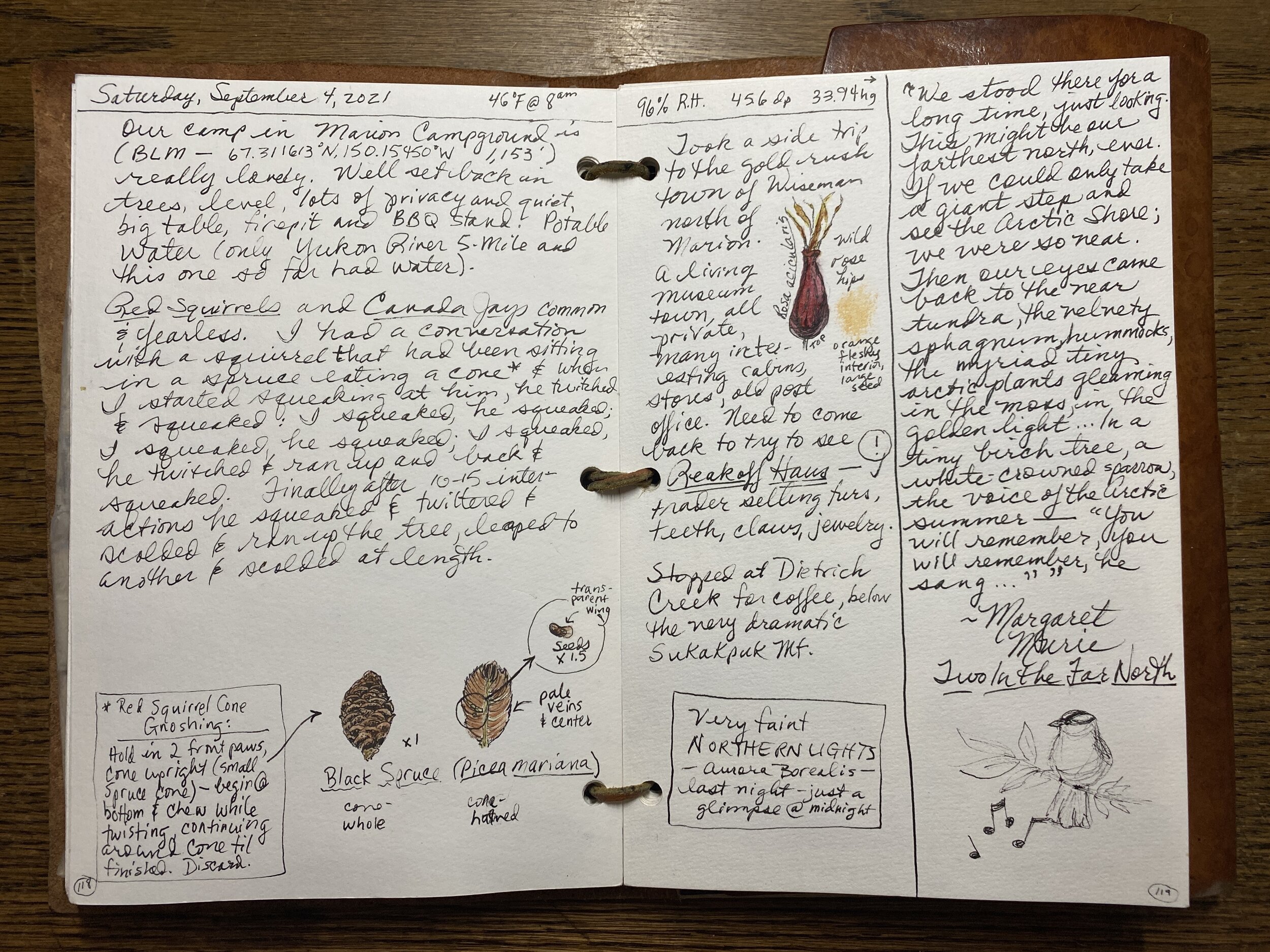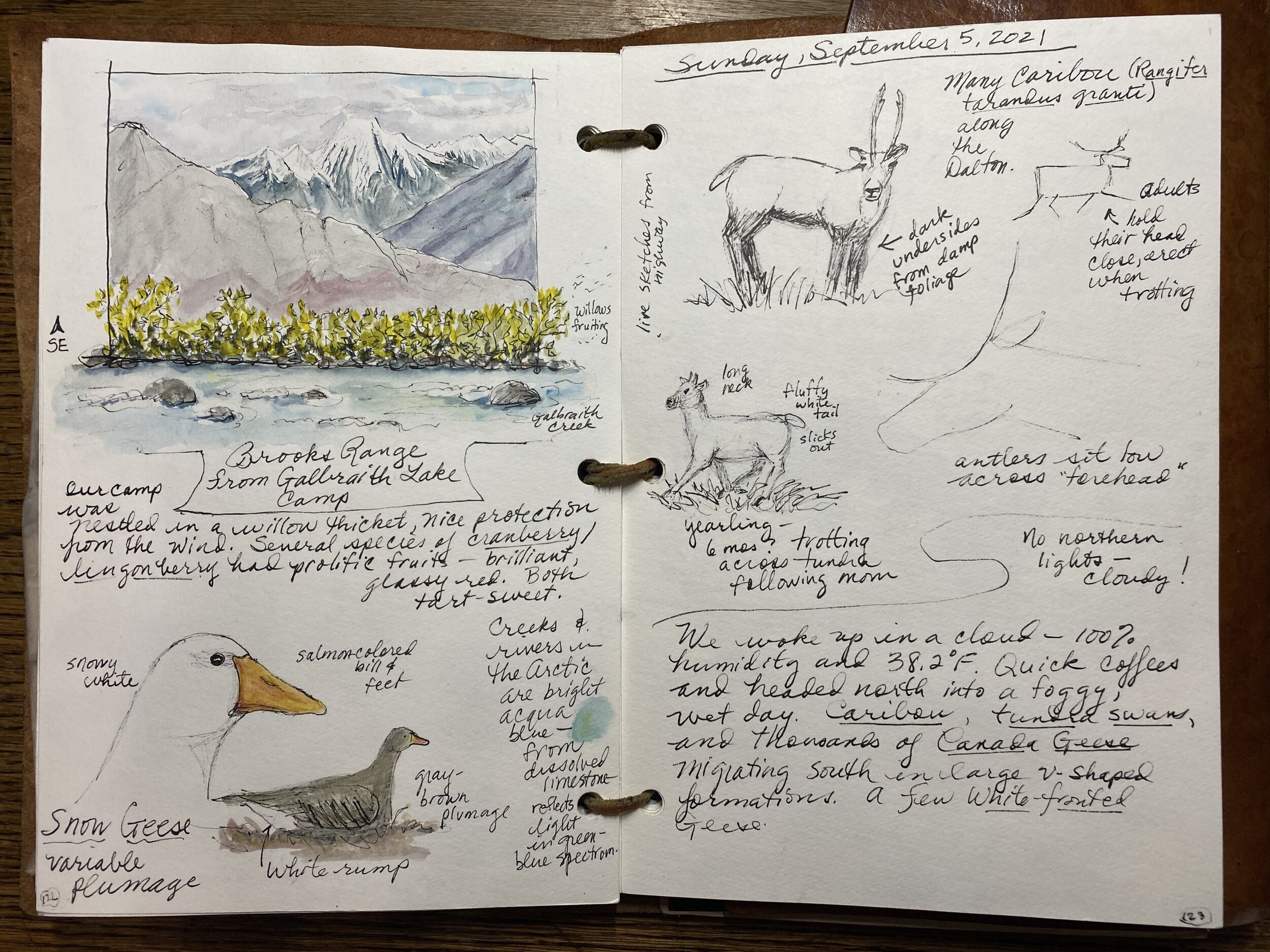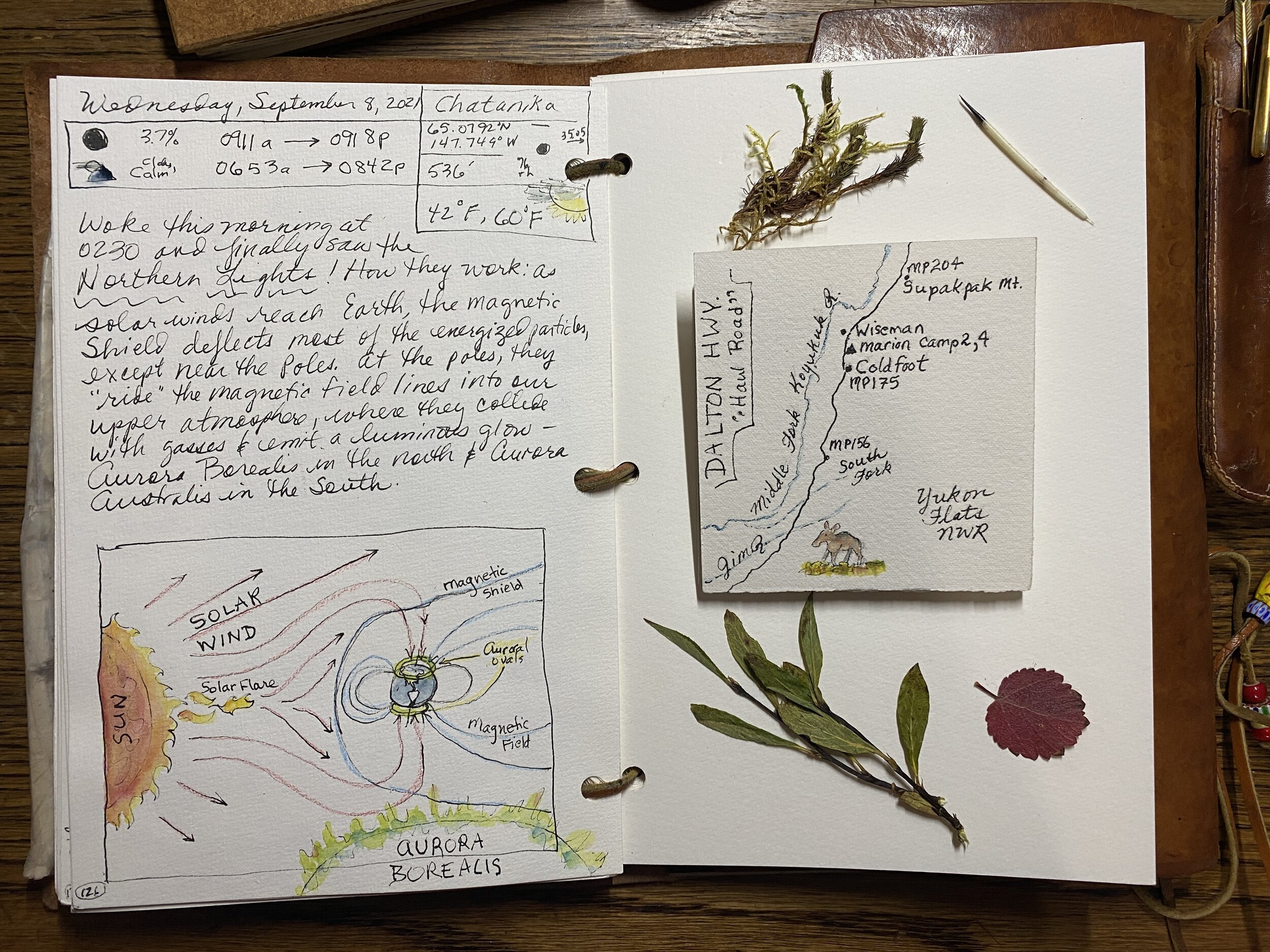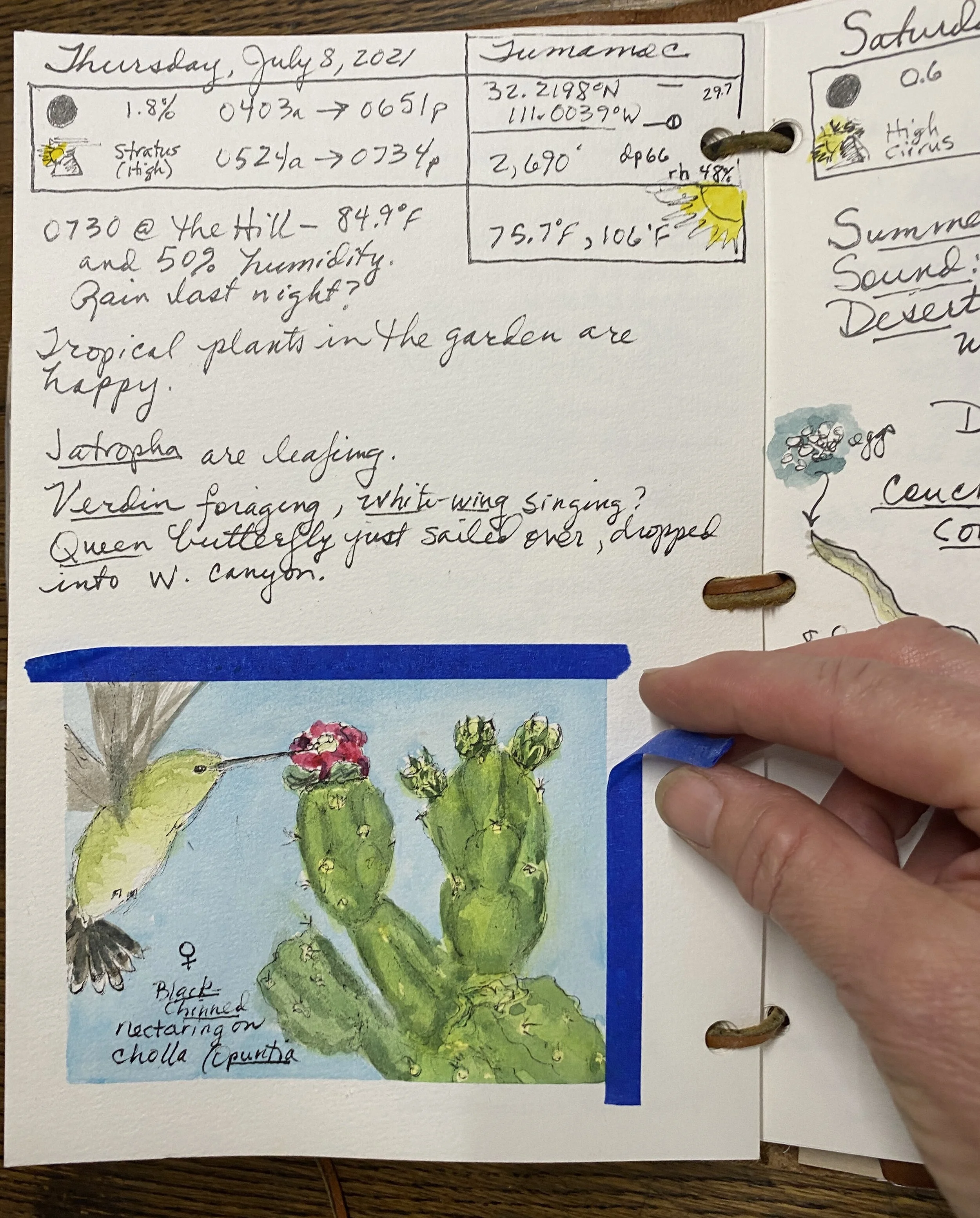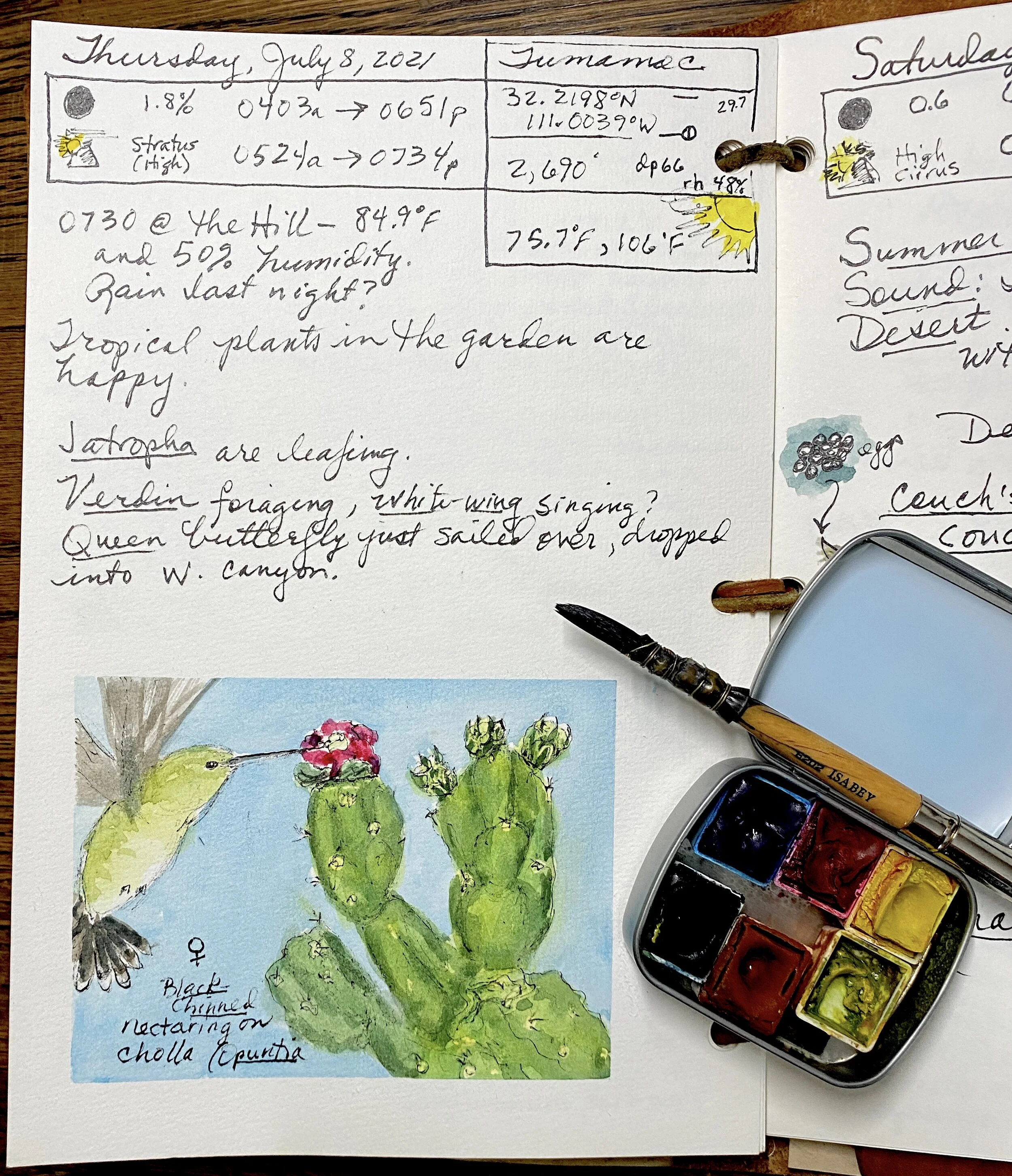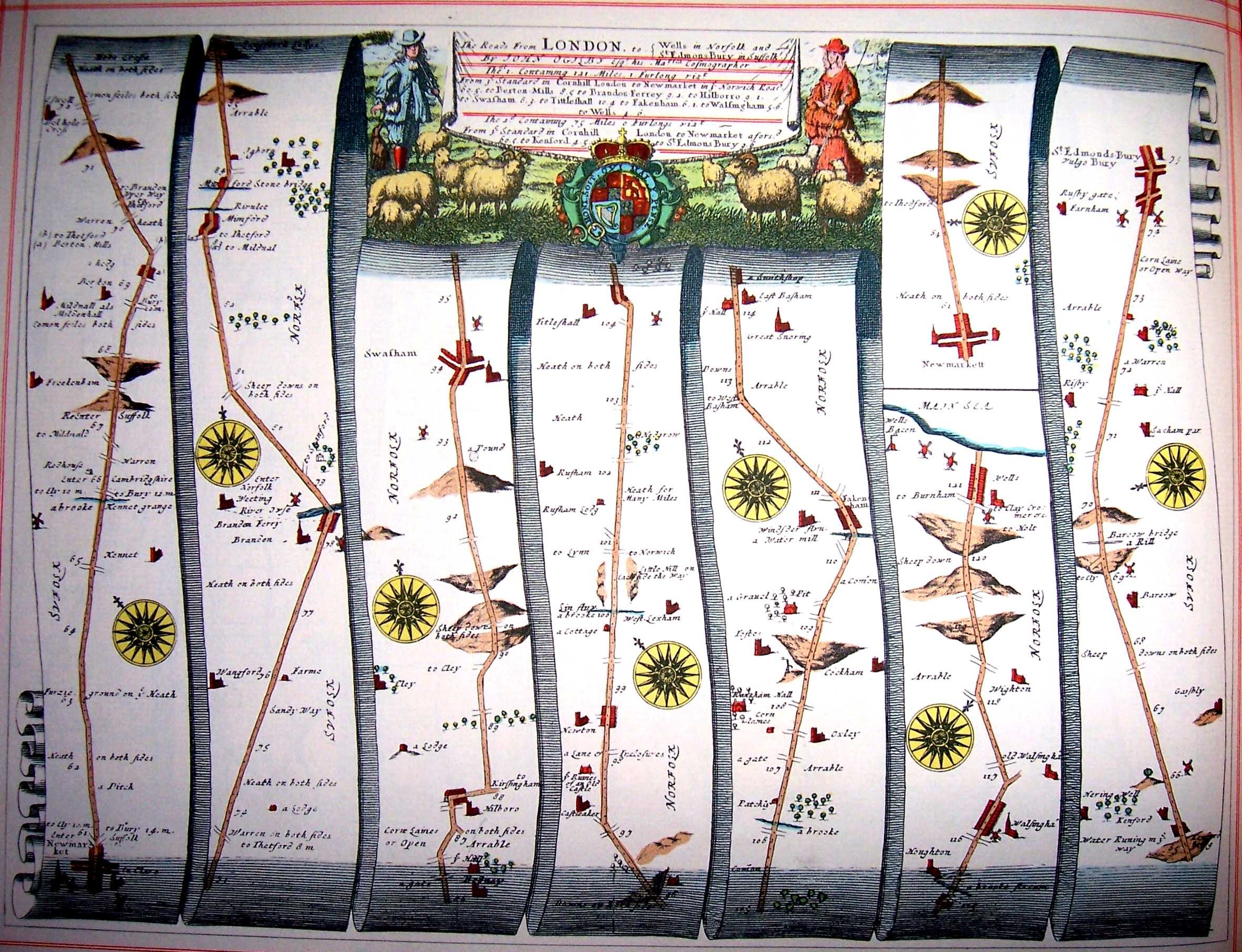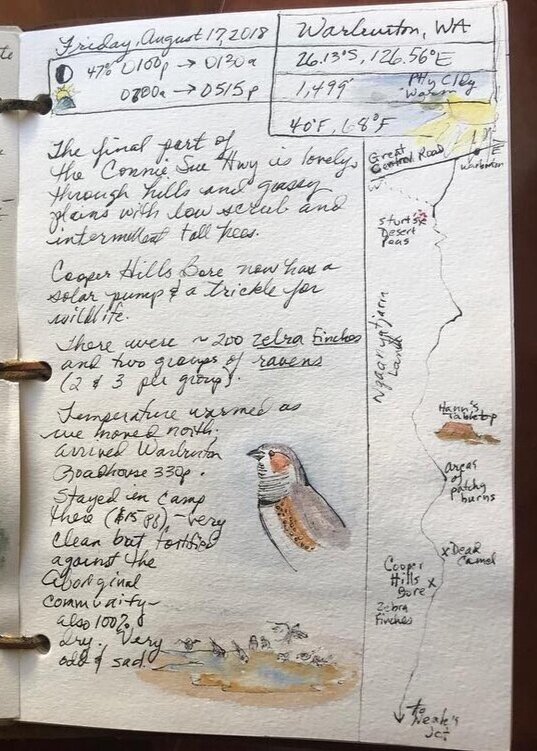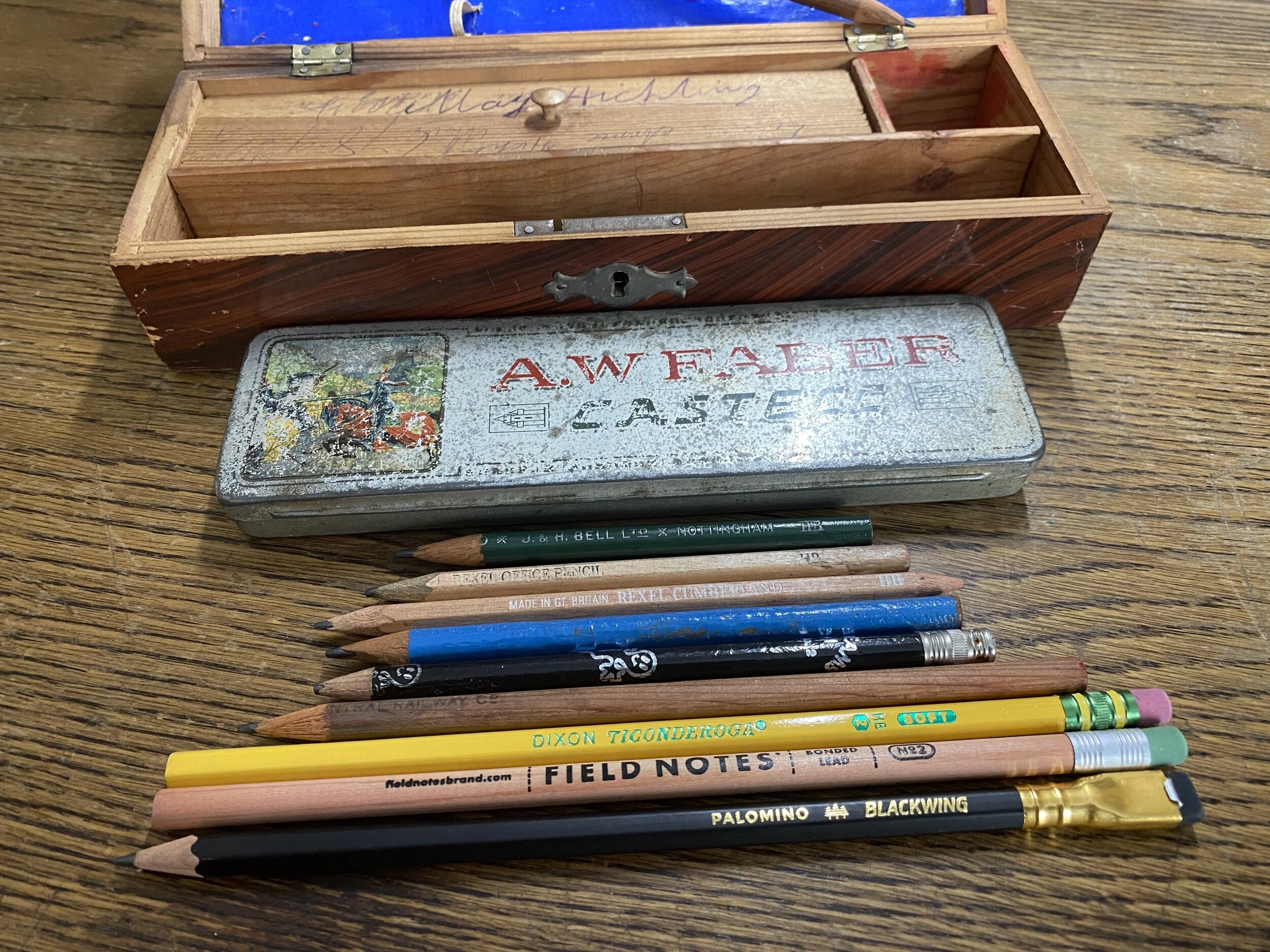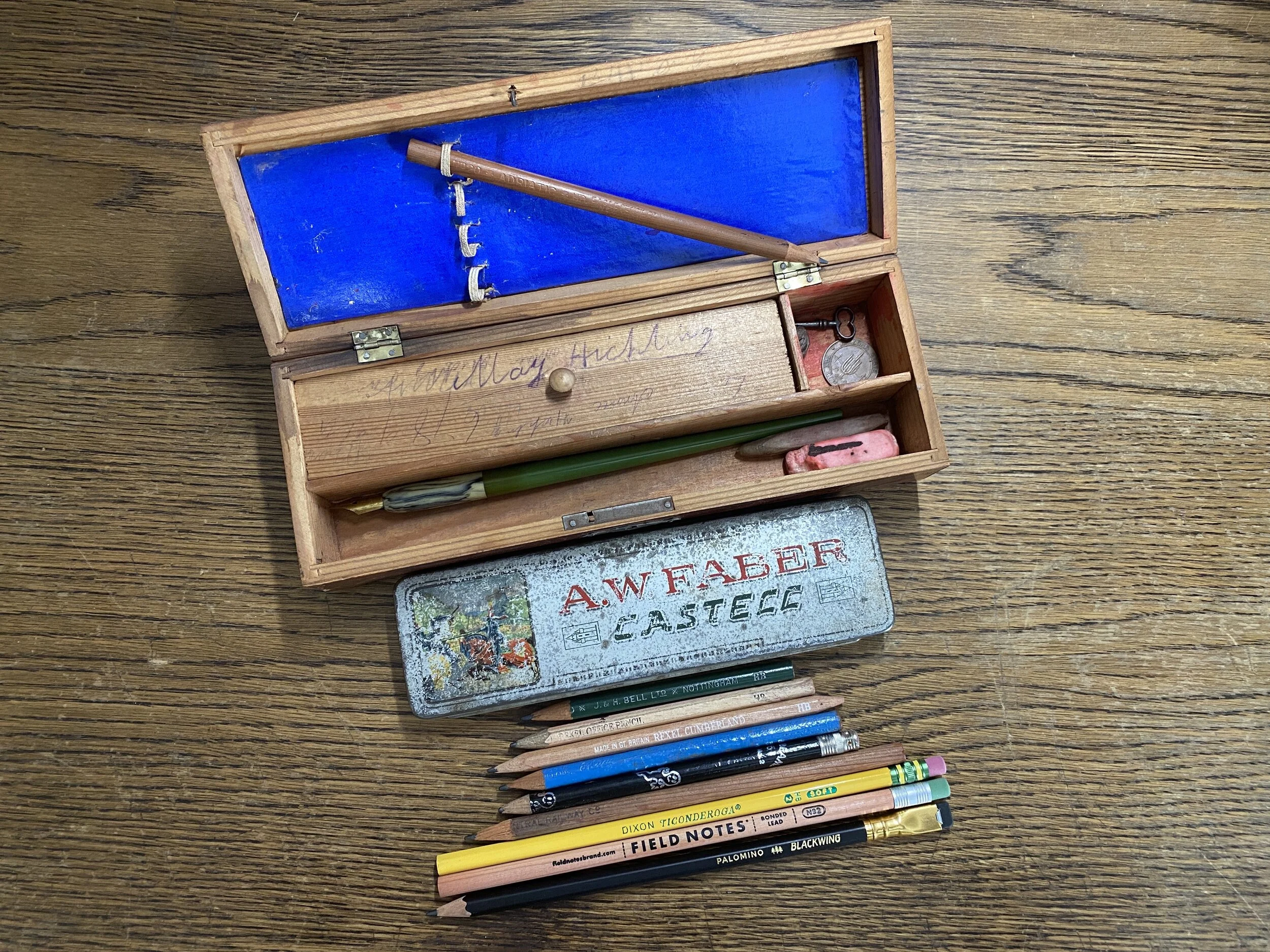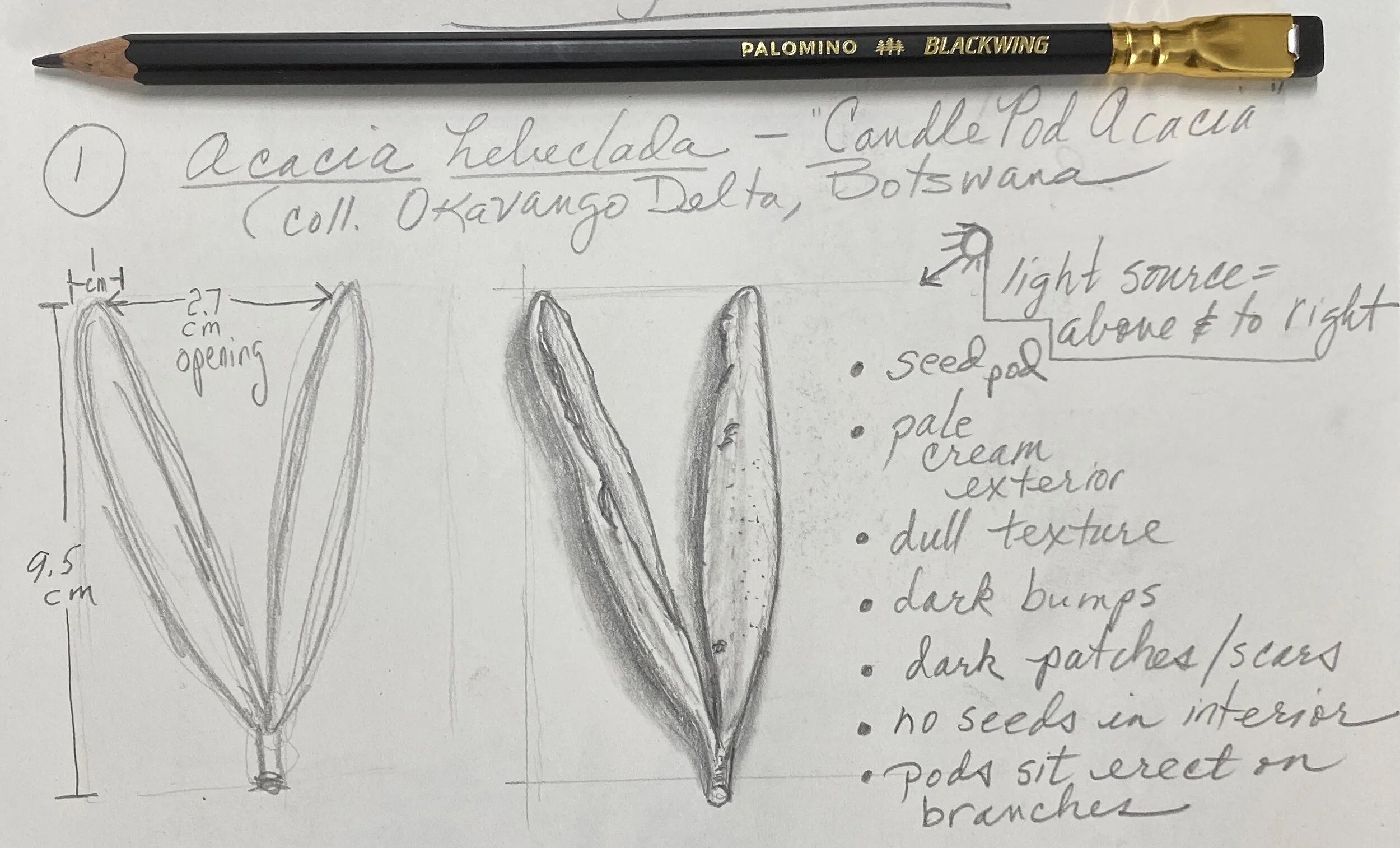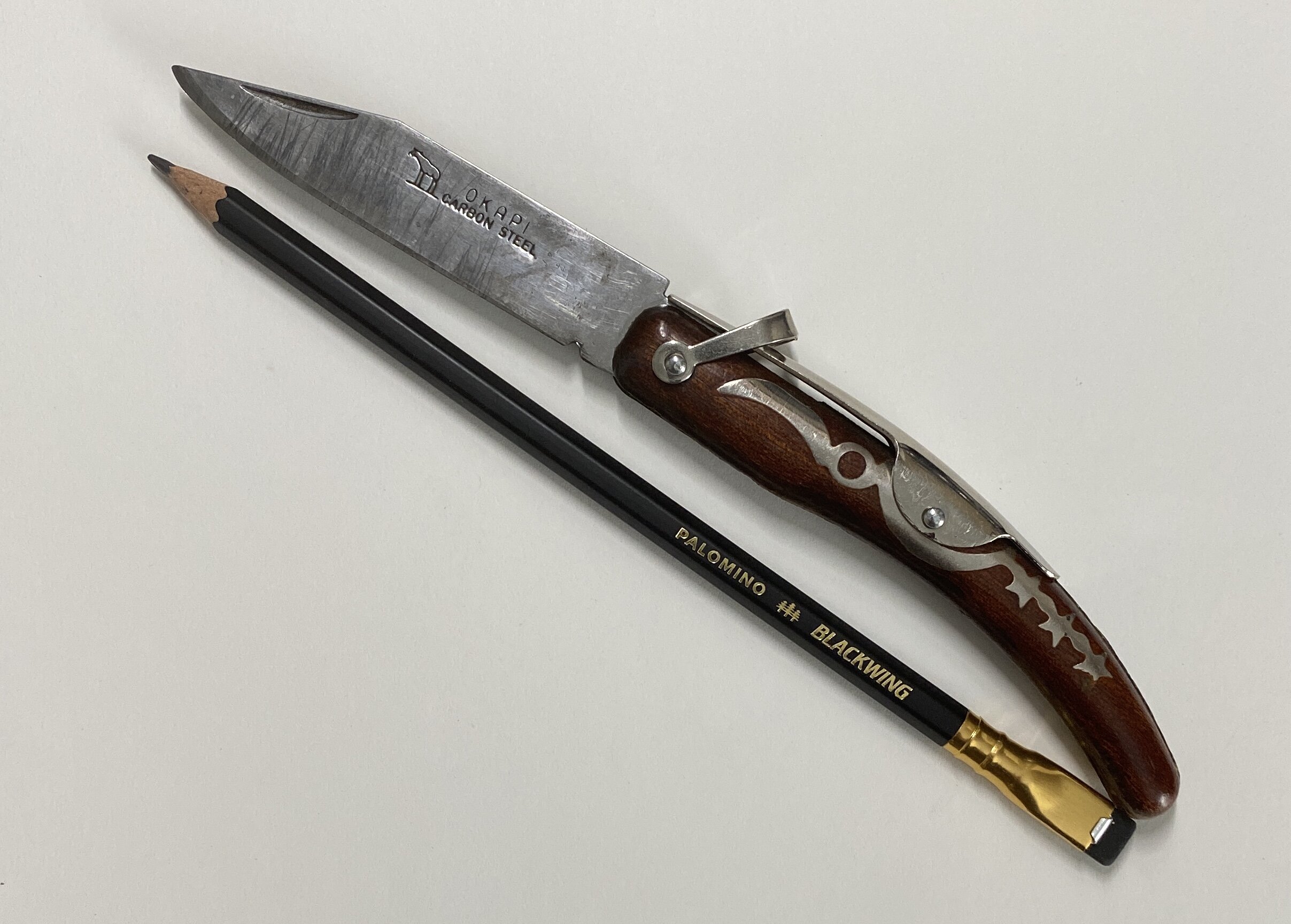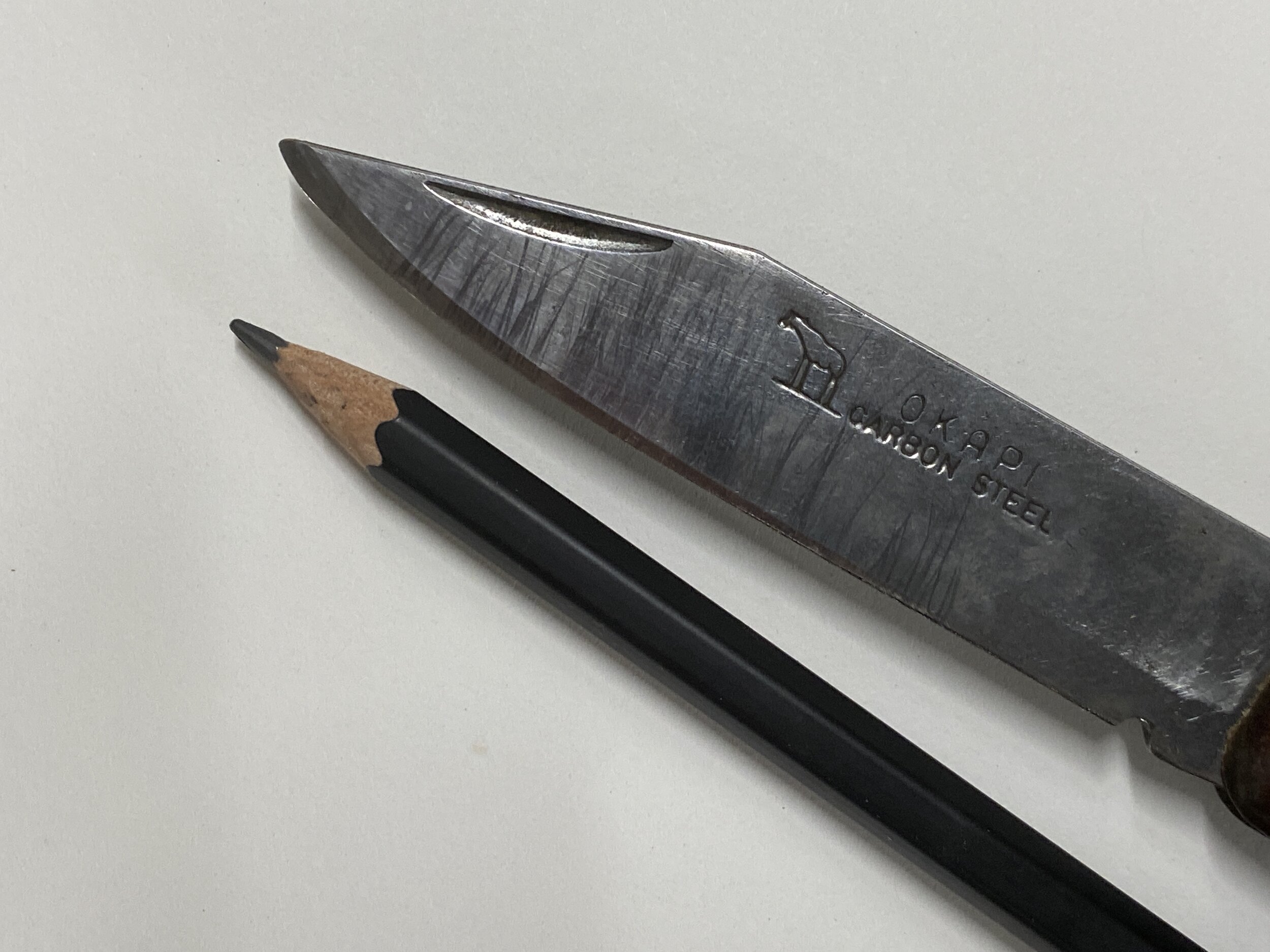Master of Field Arts is the next level for nature journalers and field sketchers—a deep-dive into becoming a dedicated master naturalist and field artist. A Master of Field Arts.
Chapters are organized to build your skills and introduce you to new tools and methods, including:
Field Arts Méthode
Tools for Field Arts
Session 1 – Pencil: Humble Sketching Tool
Session 2 – Ink: Elegant Linework
Session 3 – Cartography: Visualize Your World
Session 4 – Vintage Tint: Ochres & Natural Pigments
Session 5 – Weather: Read, Record, & Predict
Session 6 – Animal Sign: Read & Record Clues of Passage
Session 7 – Word Pictures: Natural History Writing
Bonus Workshop: Make Your Own Ink & Dip Pen
Projects, Templates, & Tools
Fieldwork Studies
Removable Charts, Tips, & Reminders
178 pages
Spiral binding to facilitate workshop-style learning.
$35 (see below to secure a $5 off coupon)
also available bundled with Nature Journaling for a Wild Life, Field Journal Sketchbook, Field Arts Discovery Kit, or all of the above! Click the PRE-ORDER NOW button below.
This book is a perfect sequel to Nature Journaling for a Wild Life as you grow in your nature journaling practice, as well as for field researchers and expedition leaders who want to ensure their field notes are meaningful, accessible, and useful for their work.
Join us for a Book Launch Party
Saturday, February 19, 2022
10 am MST
Selected reading and sneek-peeks of the content
Attendees who already have ordered their copy will be eligible for special giveaways during the event—see below! (if you are on our email list you will also get a $5 off code; if you didn’t get it, contact me, or sign up for the email list for instant access (below)!)
Giveaways—book customers will be eligible for free cool kit from the Field Arts shop (Discovery Kits, Mini Plant Presses, mini microscopes, and Field Arts Sketchbooks)!
Special preview of upcoming exciting new projects
Length: 45 minutes (maximum)
Start time: 10 am Mountain time / 9 am Pacific time / GMT - 7
(Having trouble figuring out time zones?Use this calculator: https://www.timeanddate.com/worldclock/converter.html)
Format: online via Zoom
Access: Registration not required for this event. Please use this link HERE to join the event!
Email list subscribers and current customers received a $5 off code for pre-orders in the launch party announcement. Not on the list? Sign up now to get your code instantly!

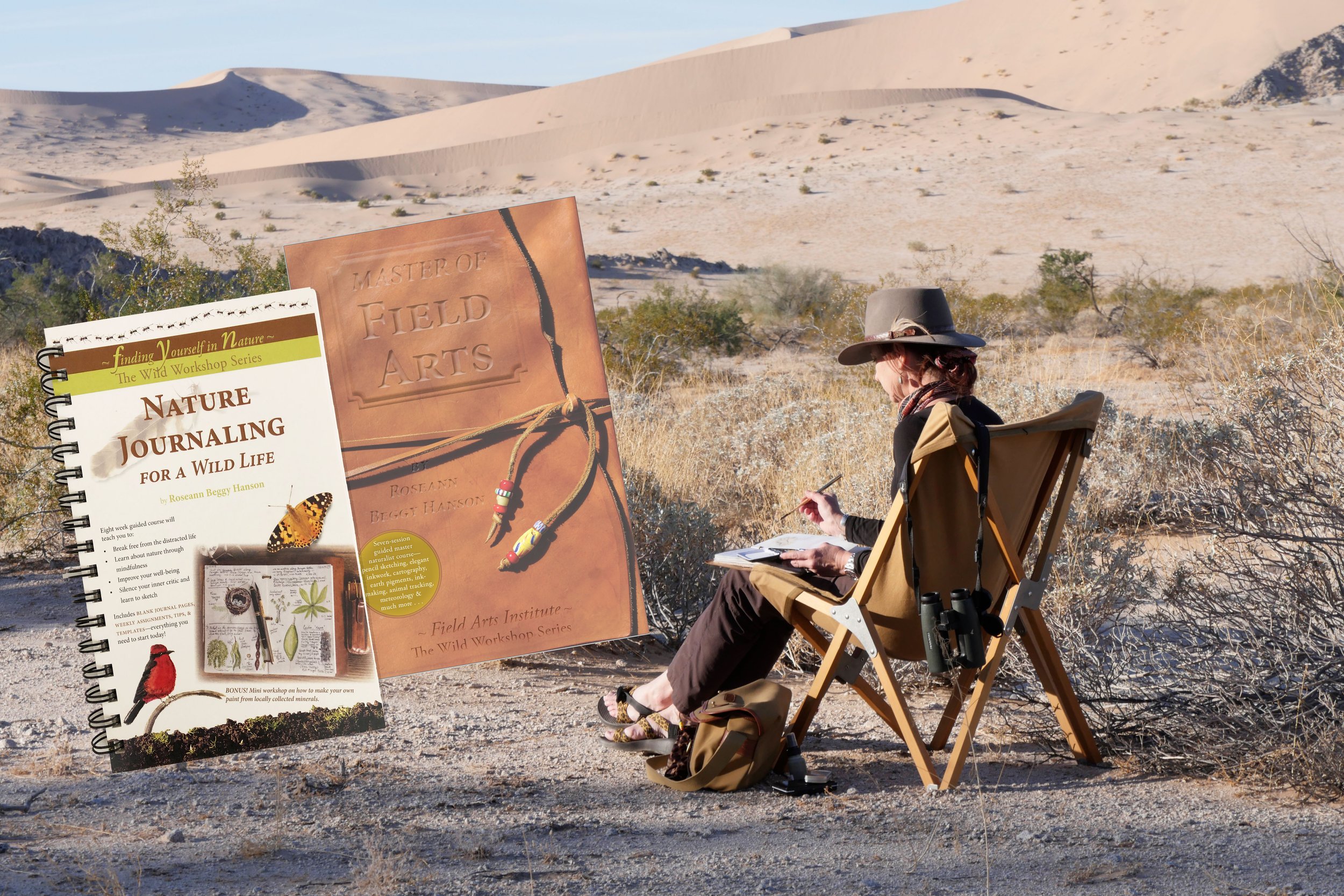
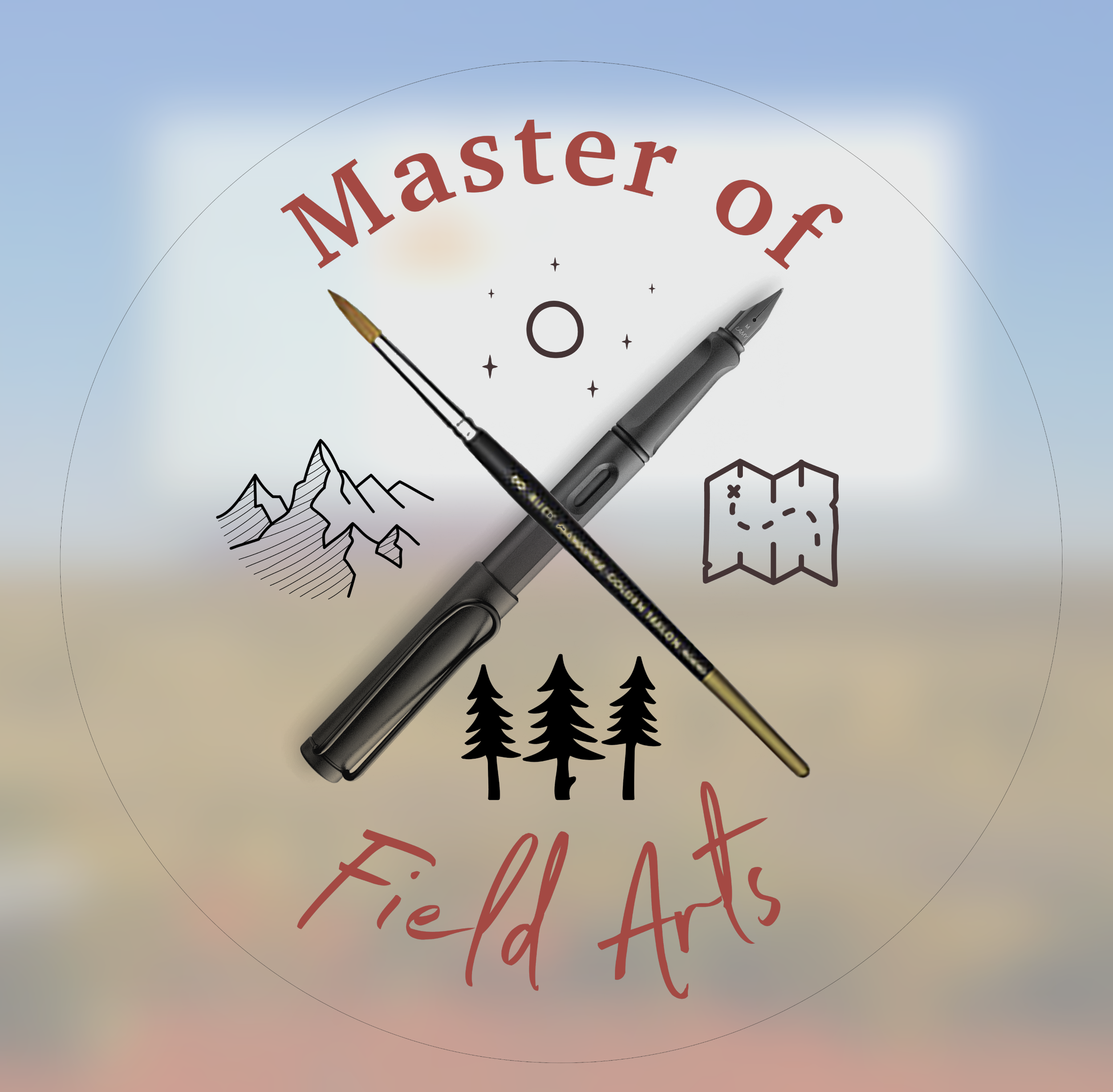
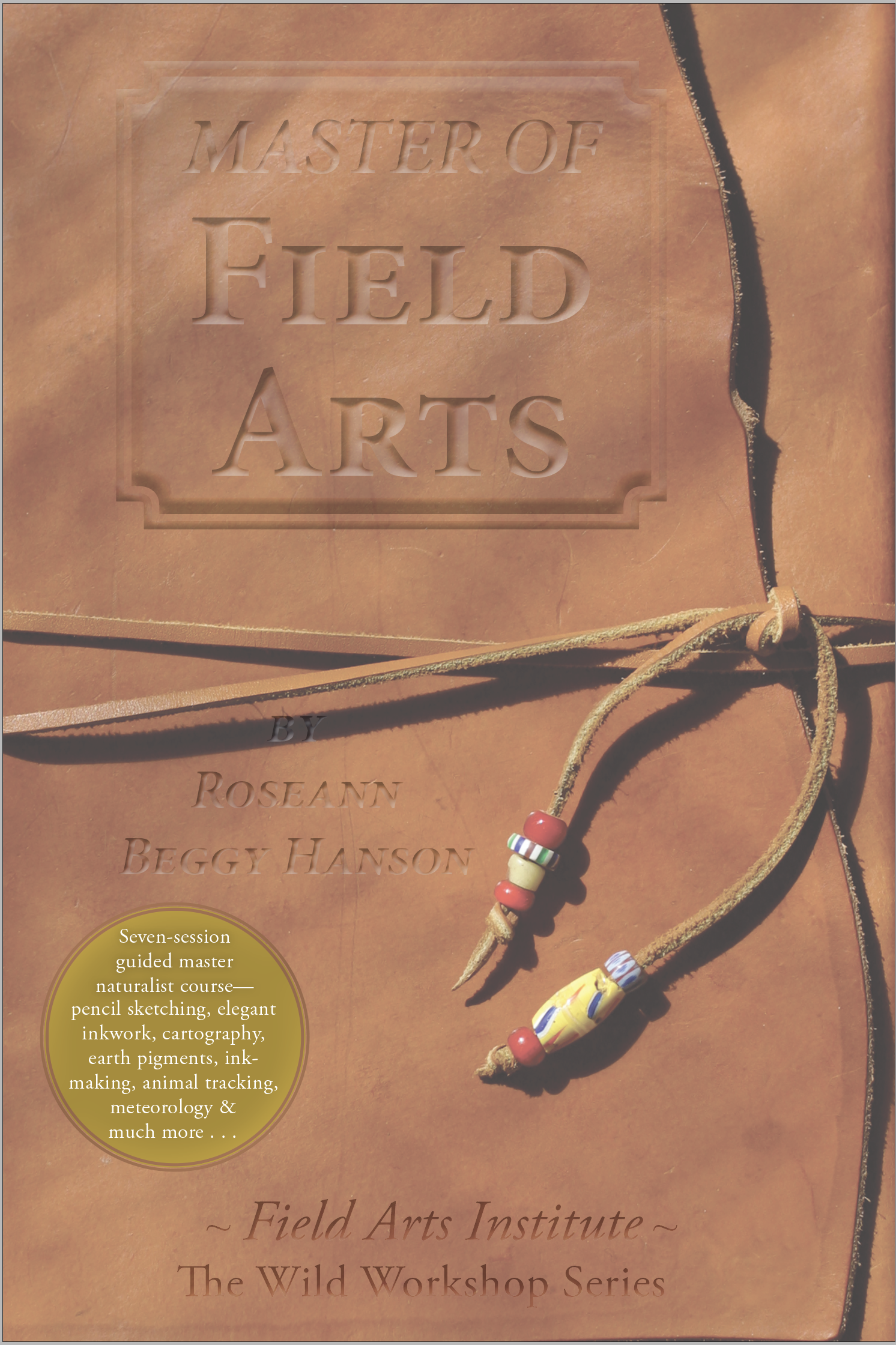
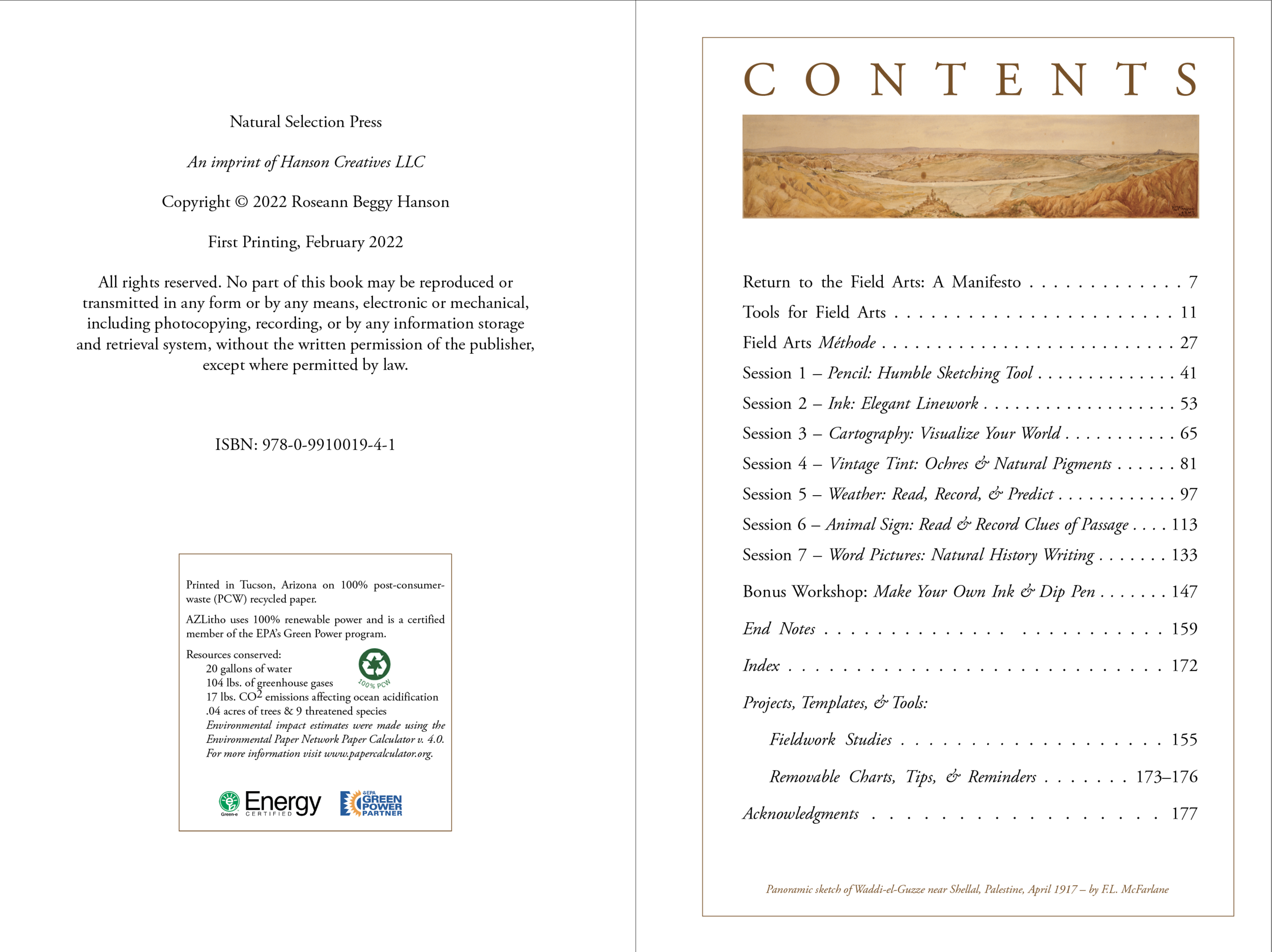
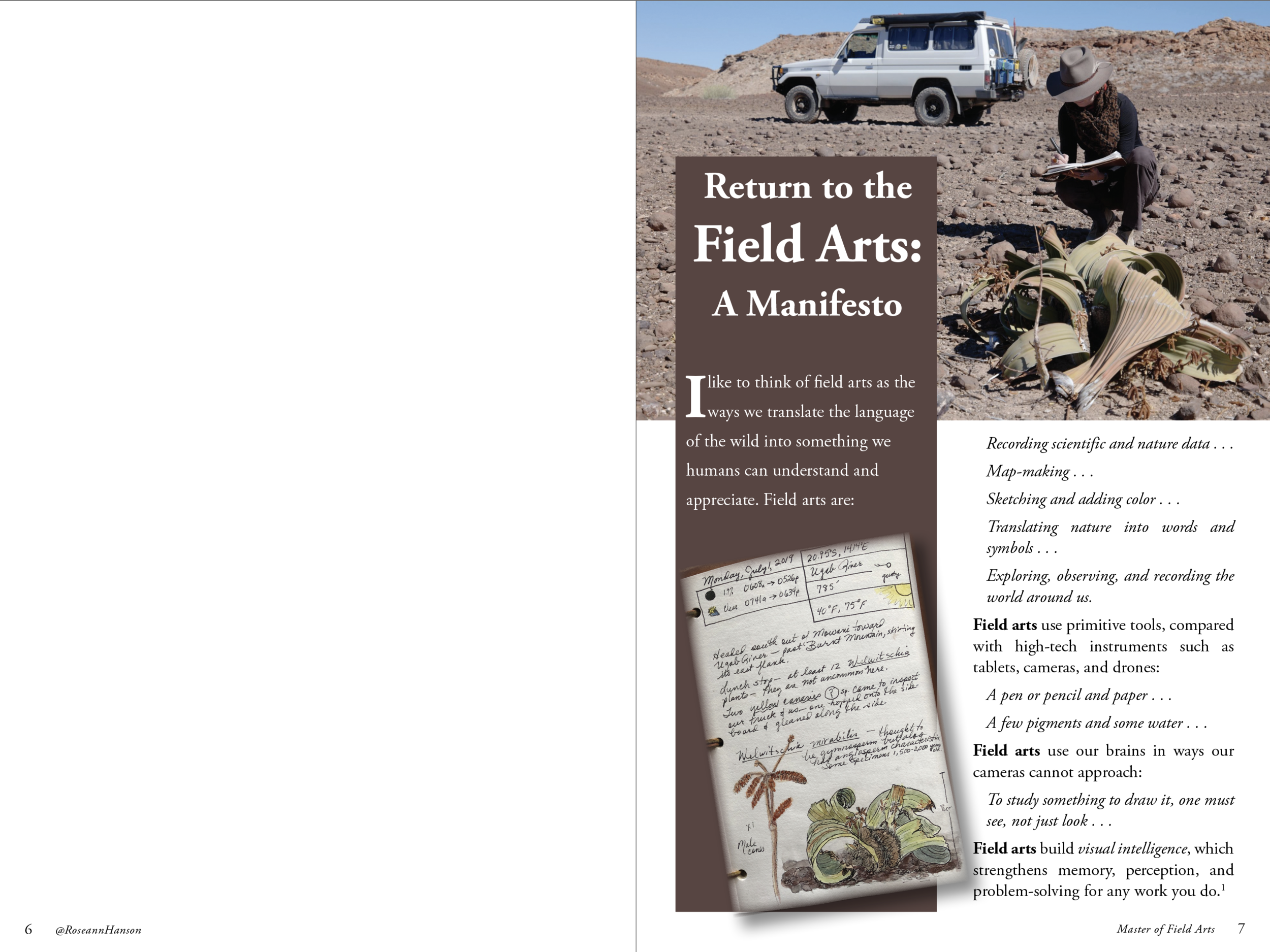
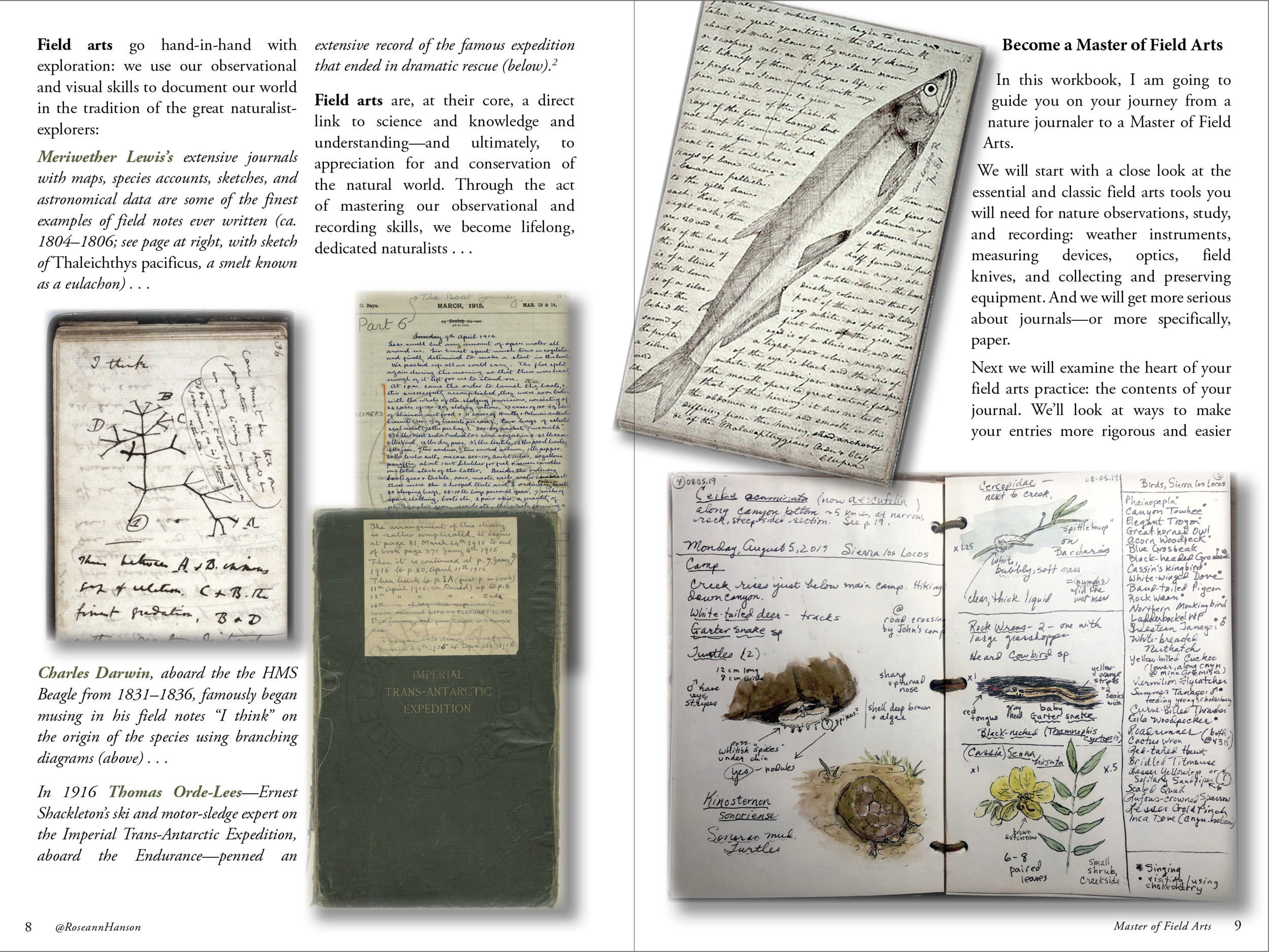
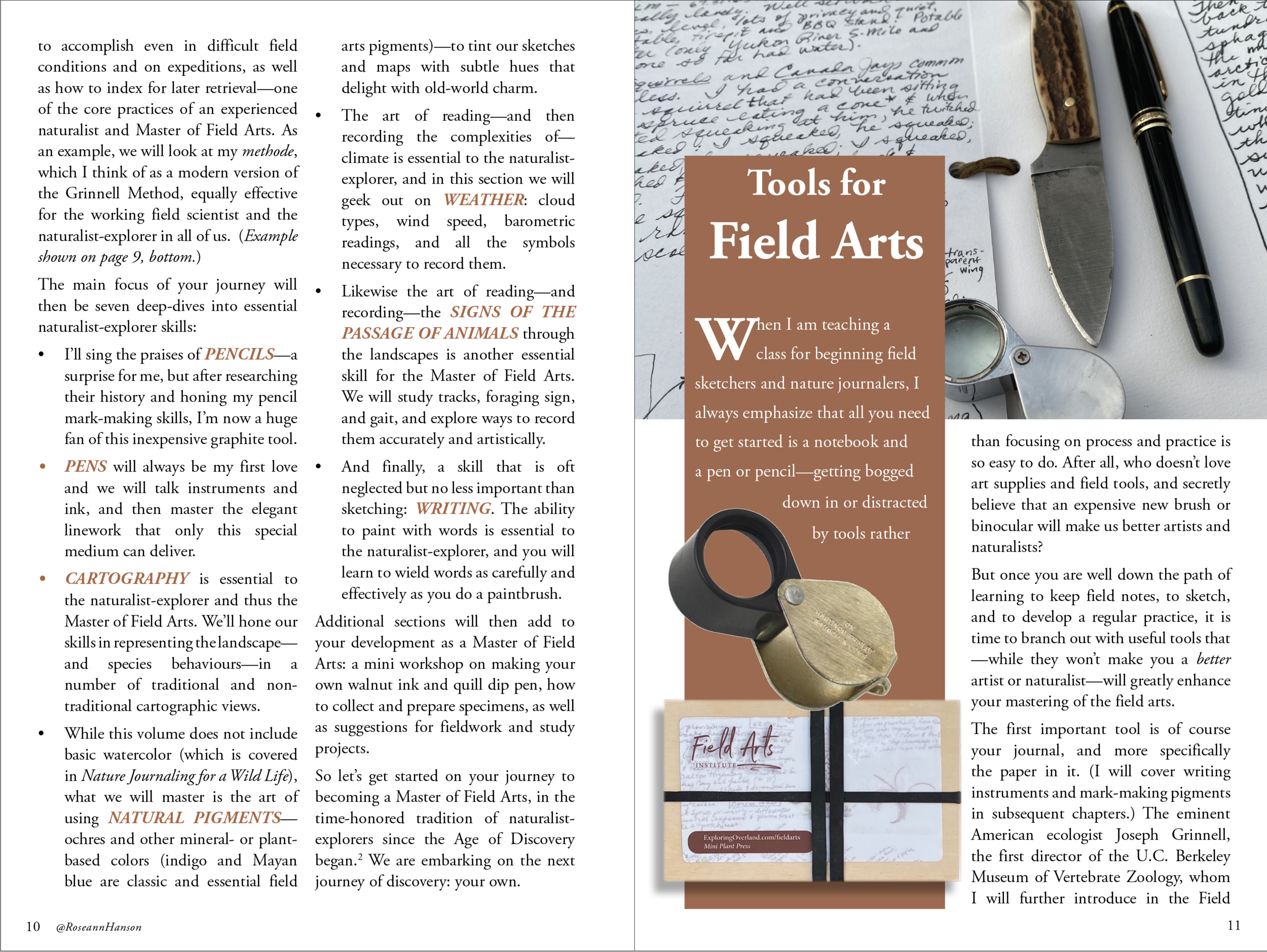


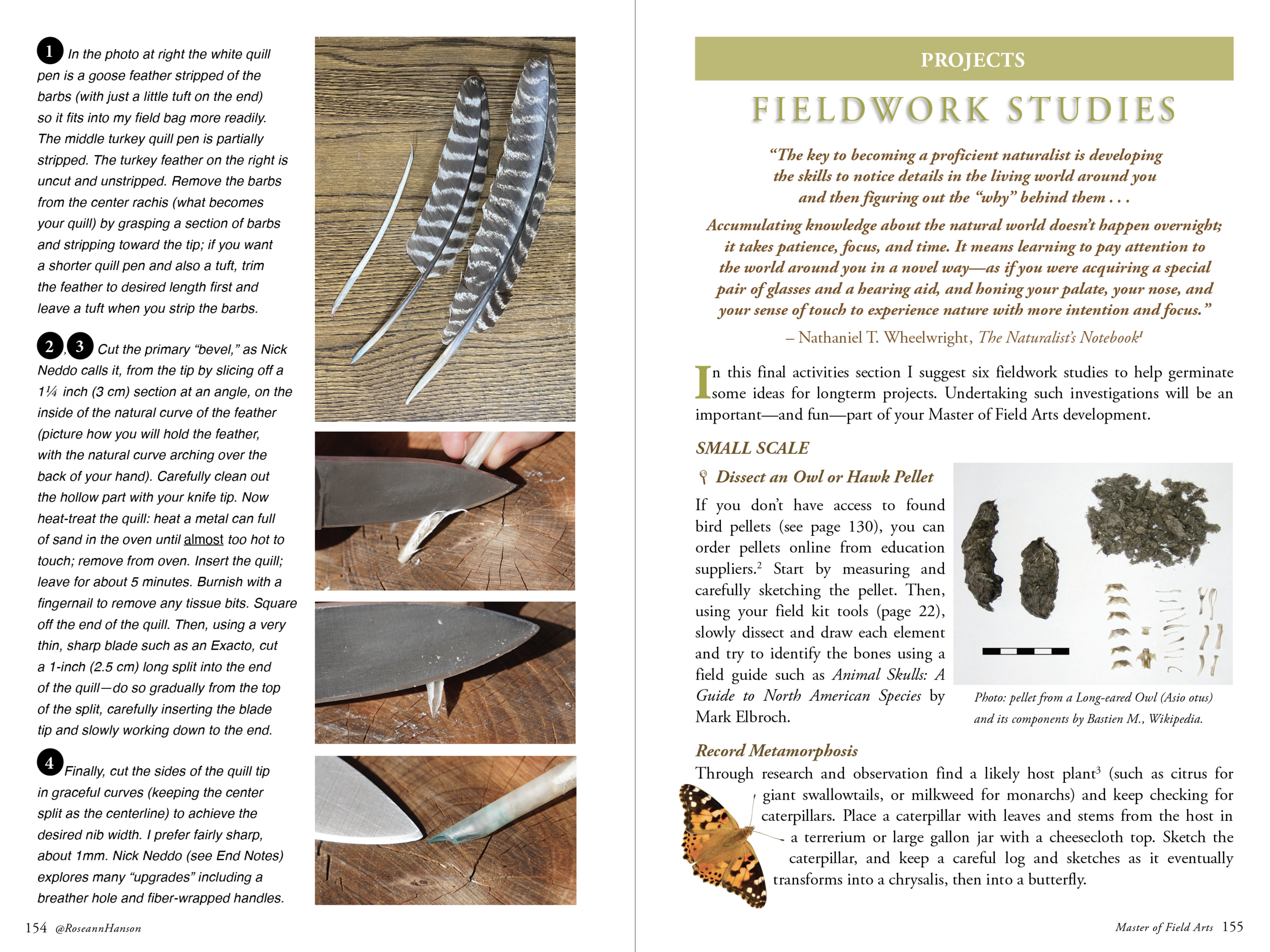

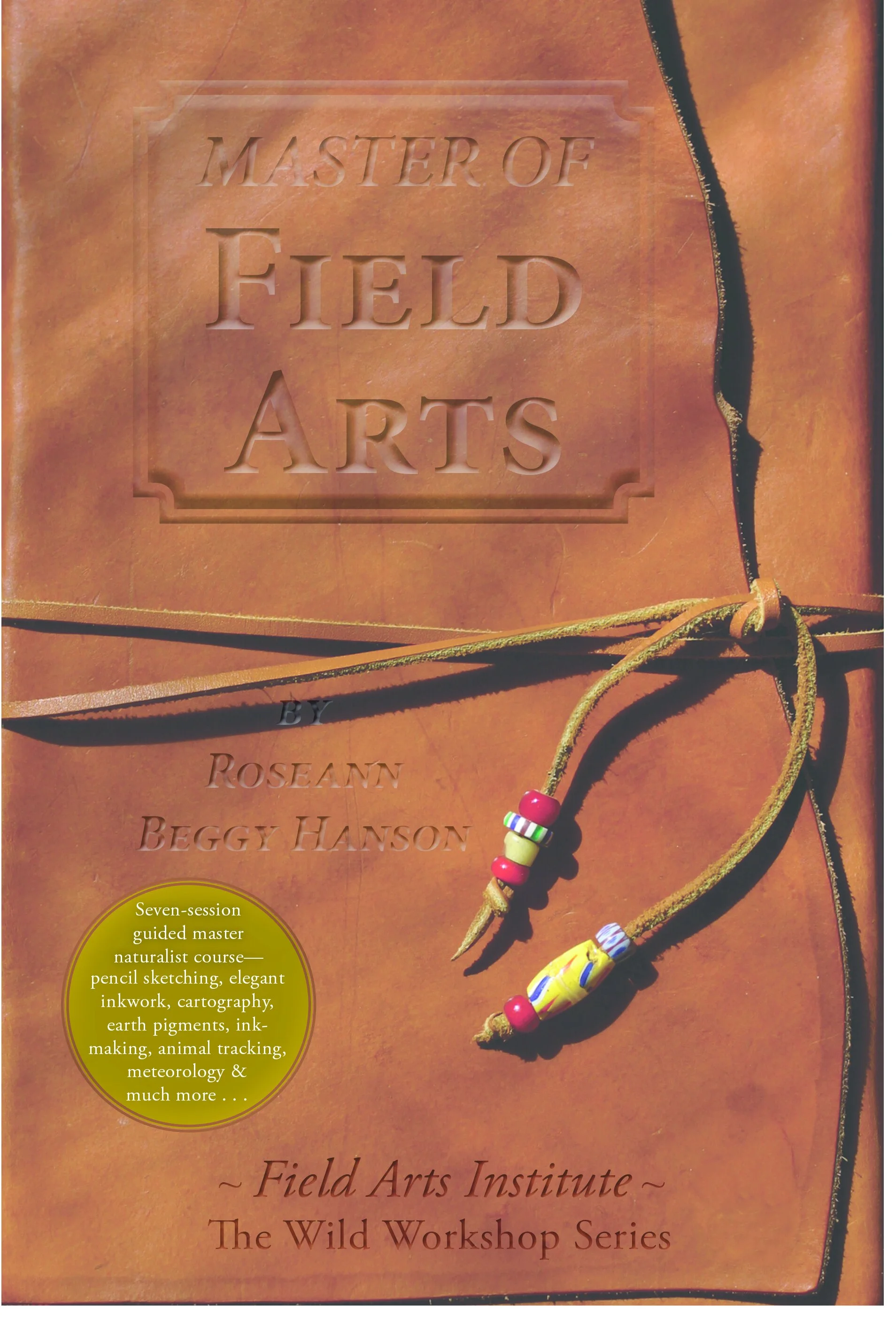




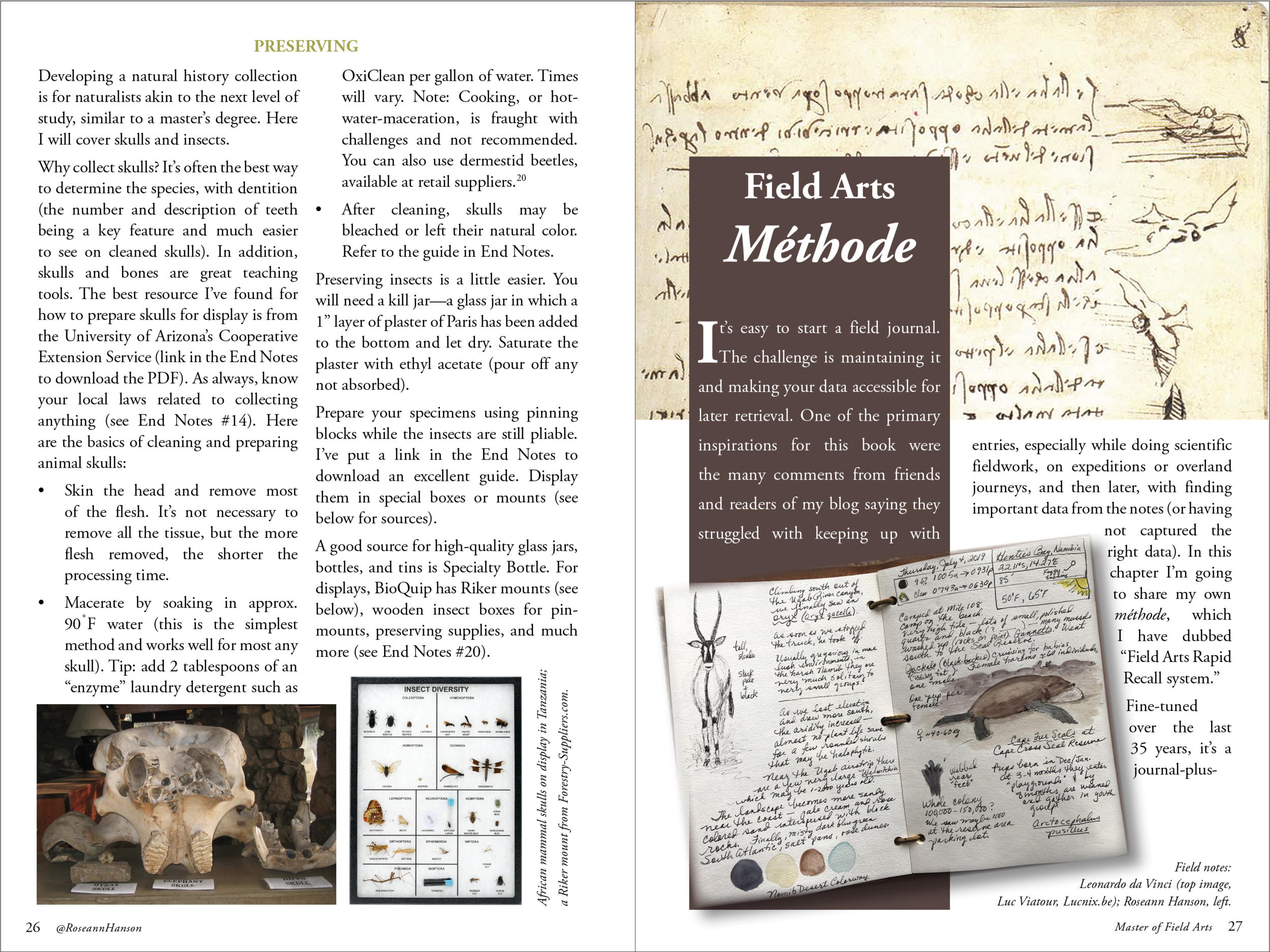
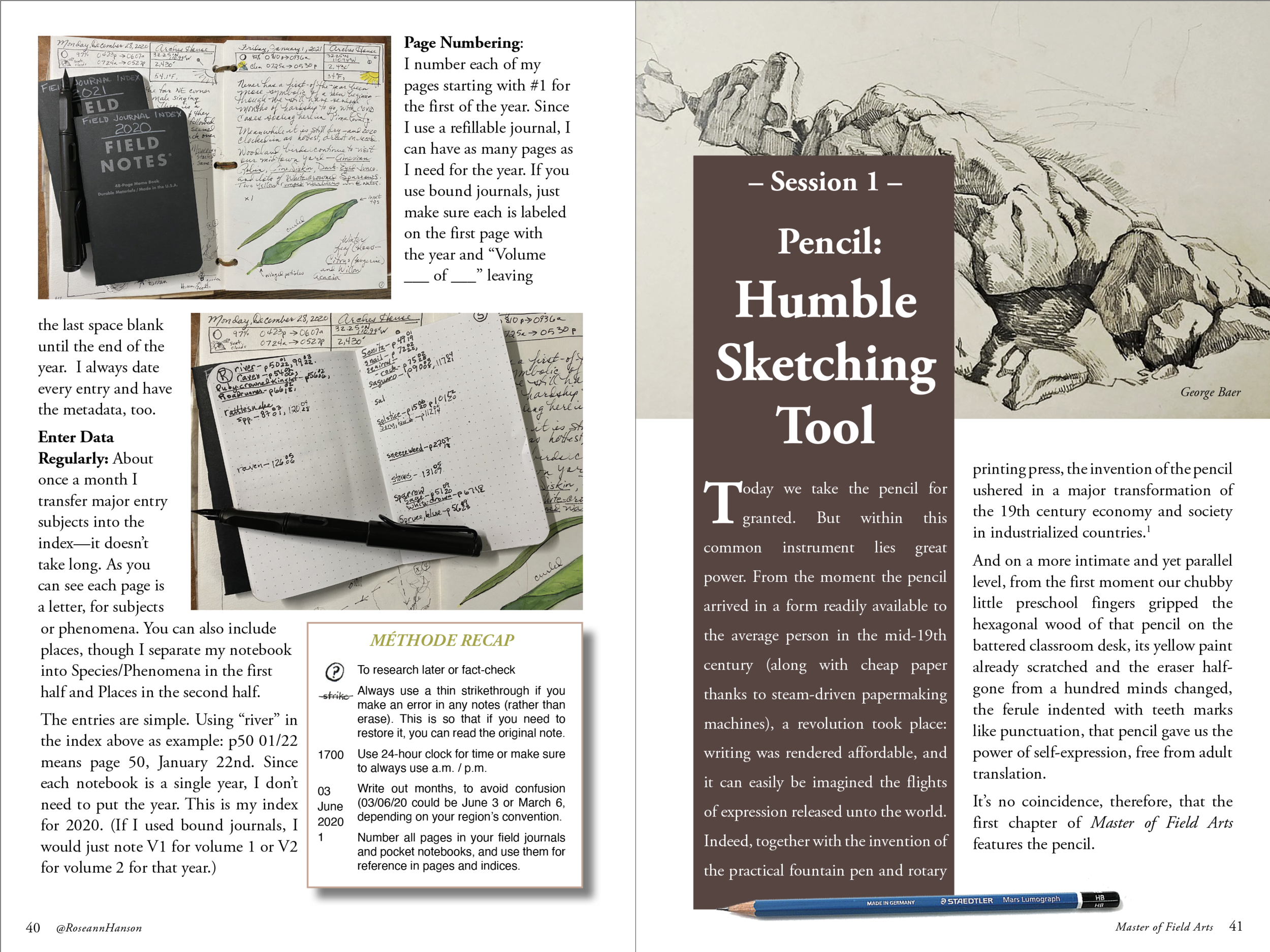
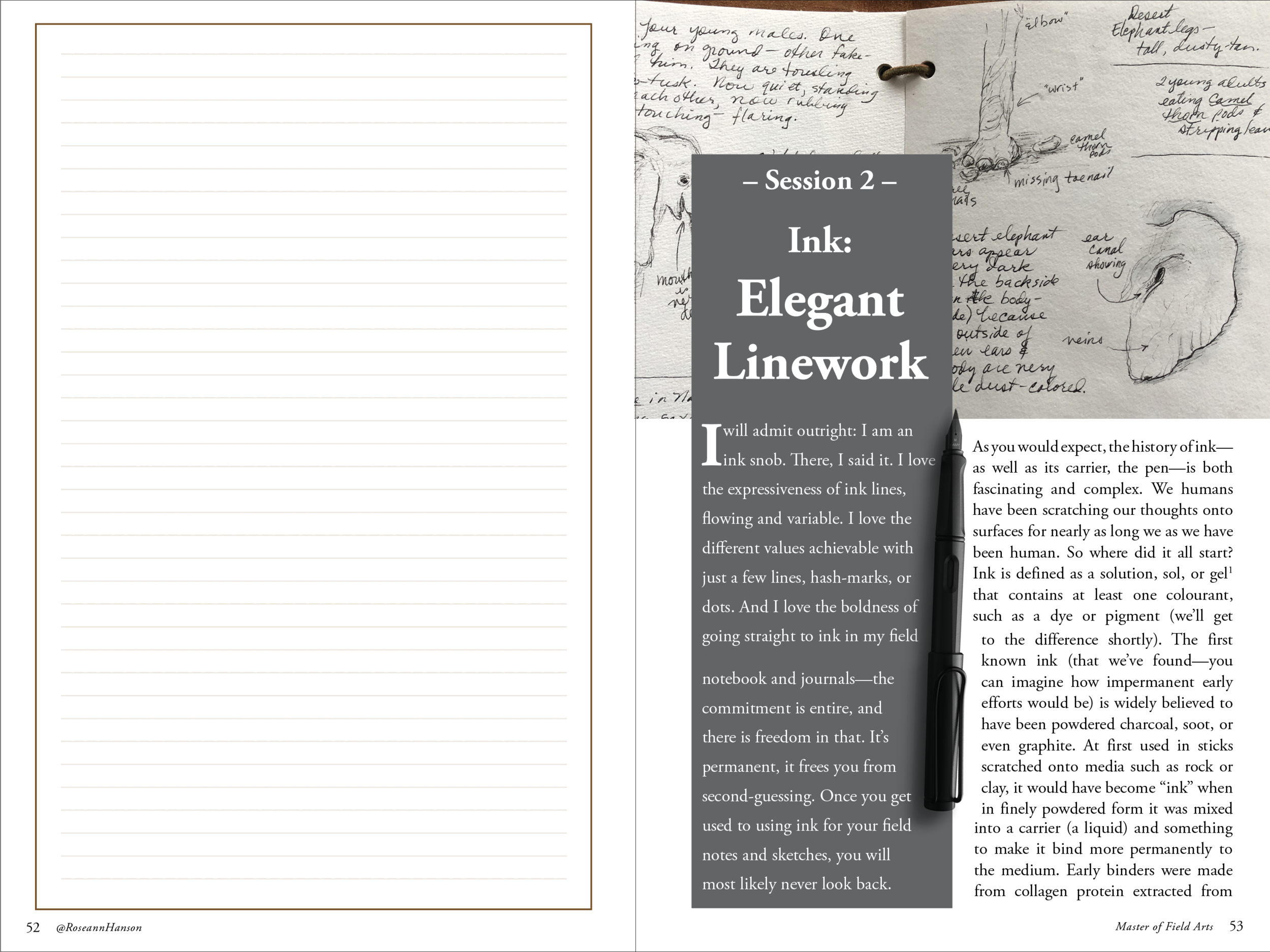
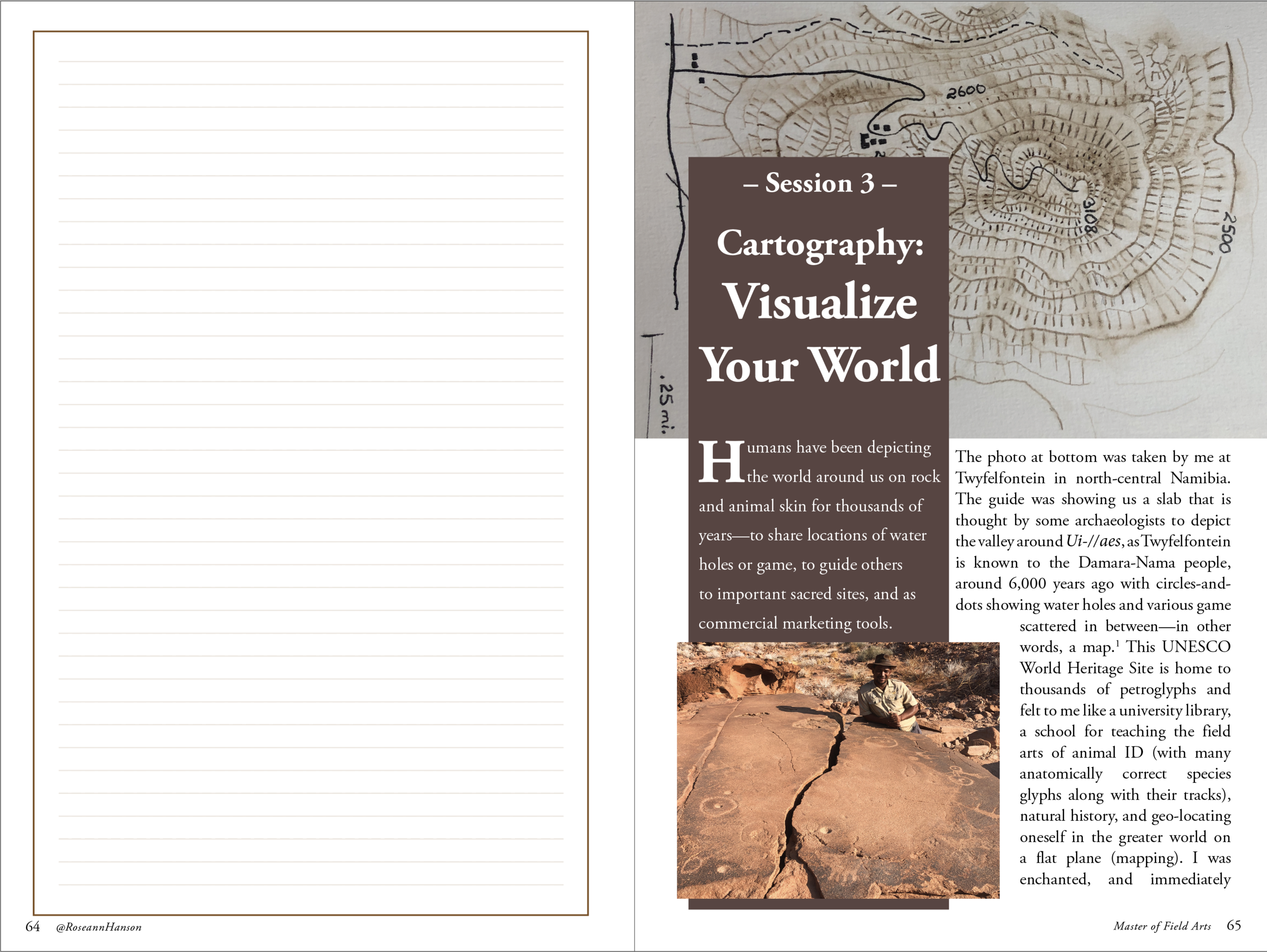
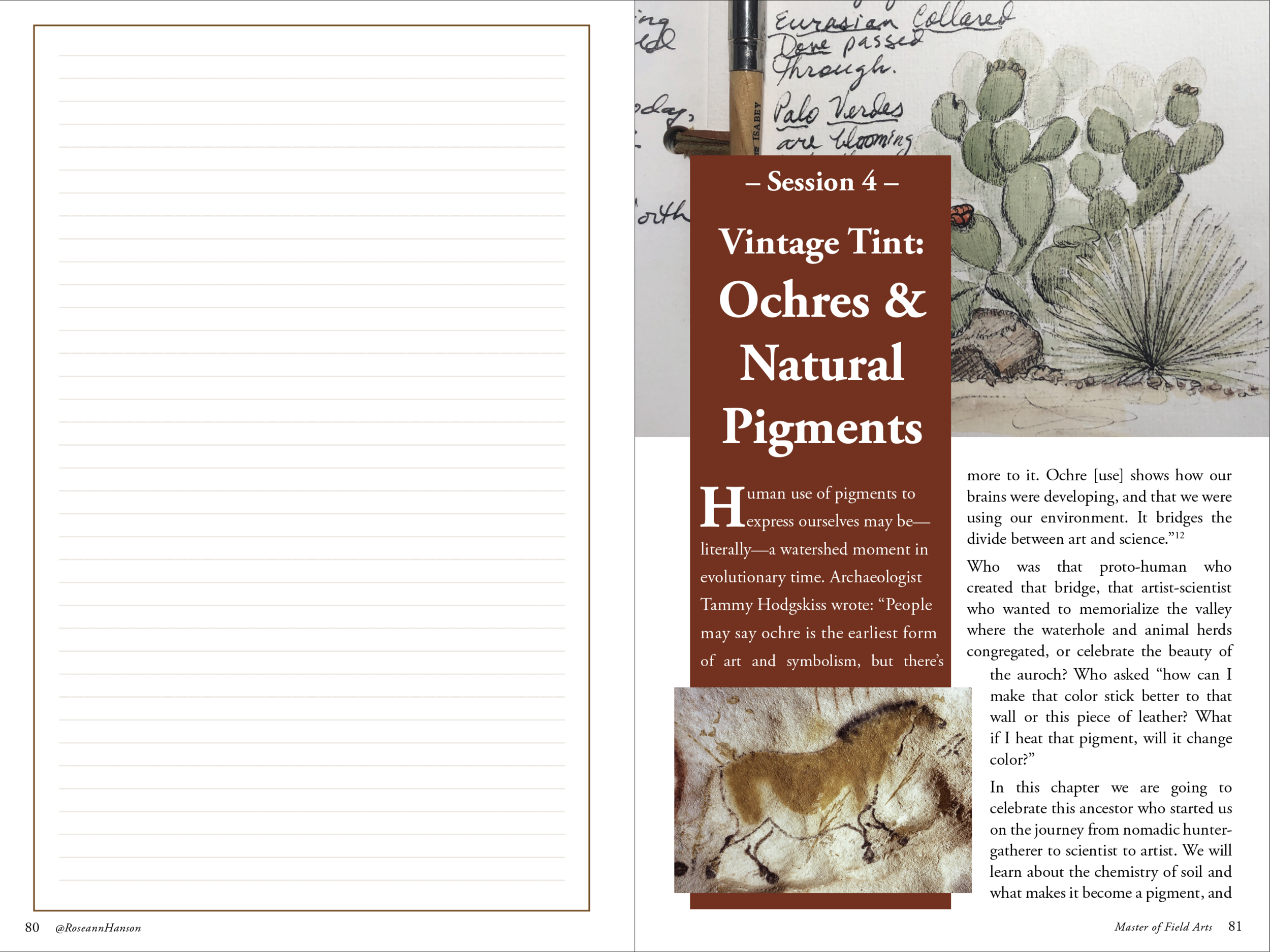

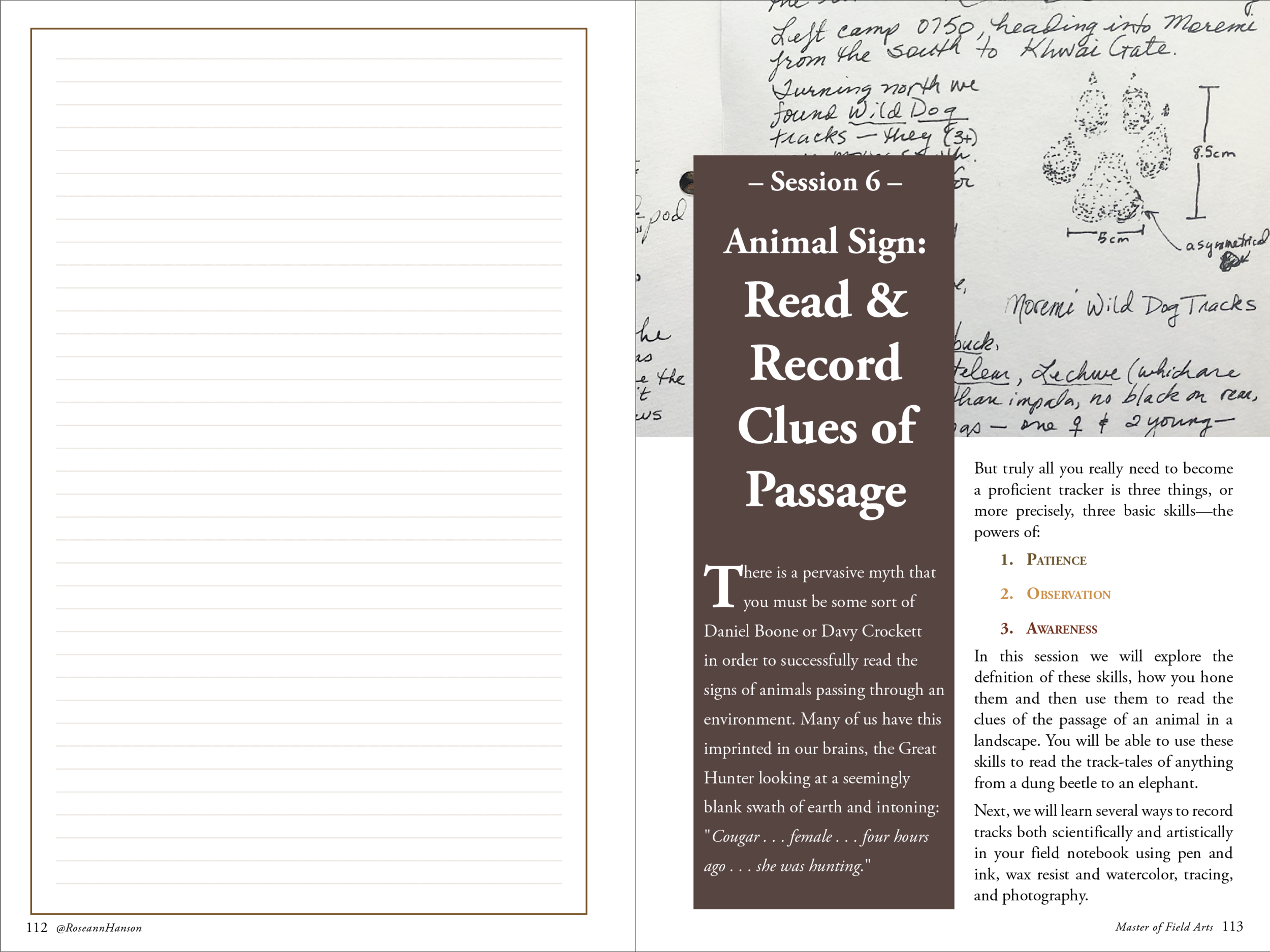
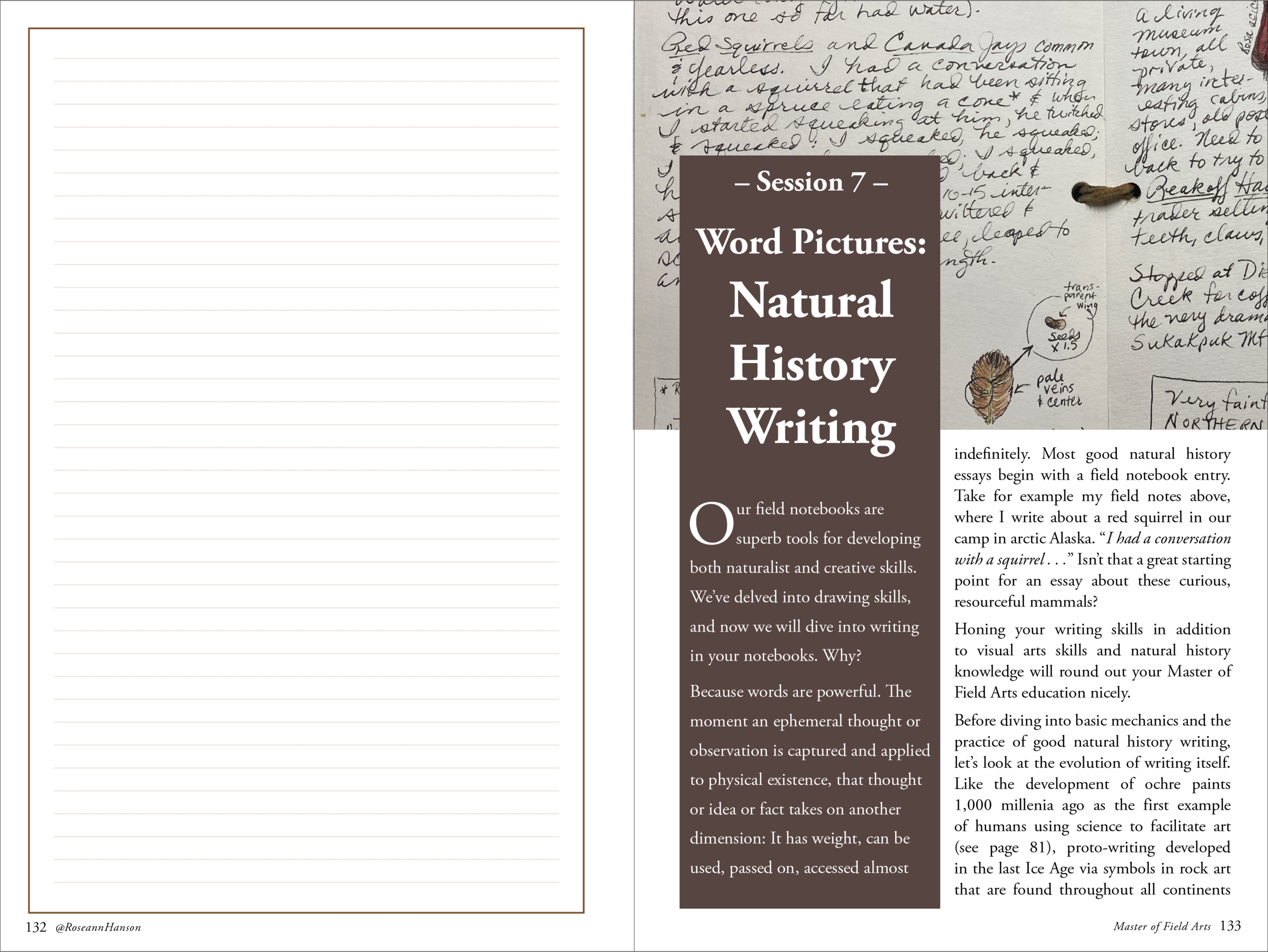

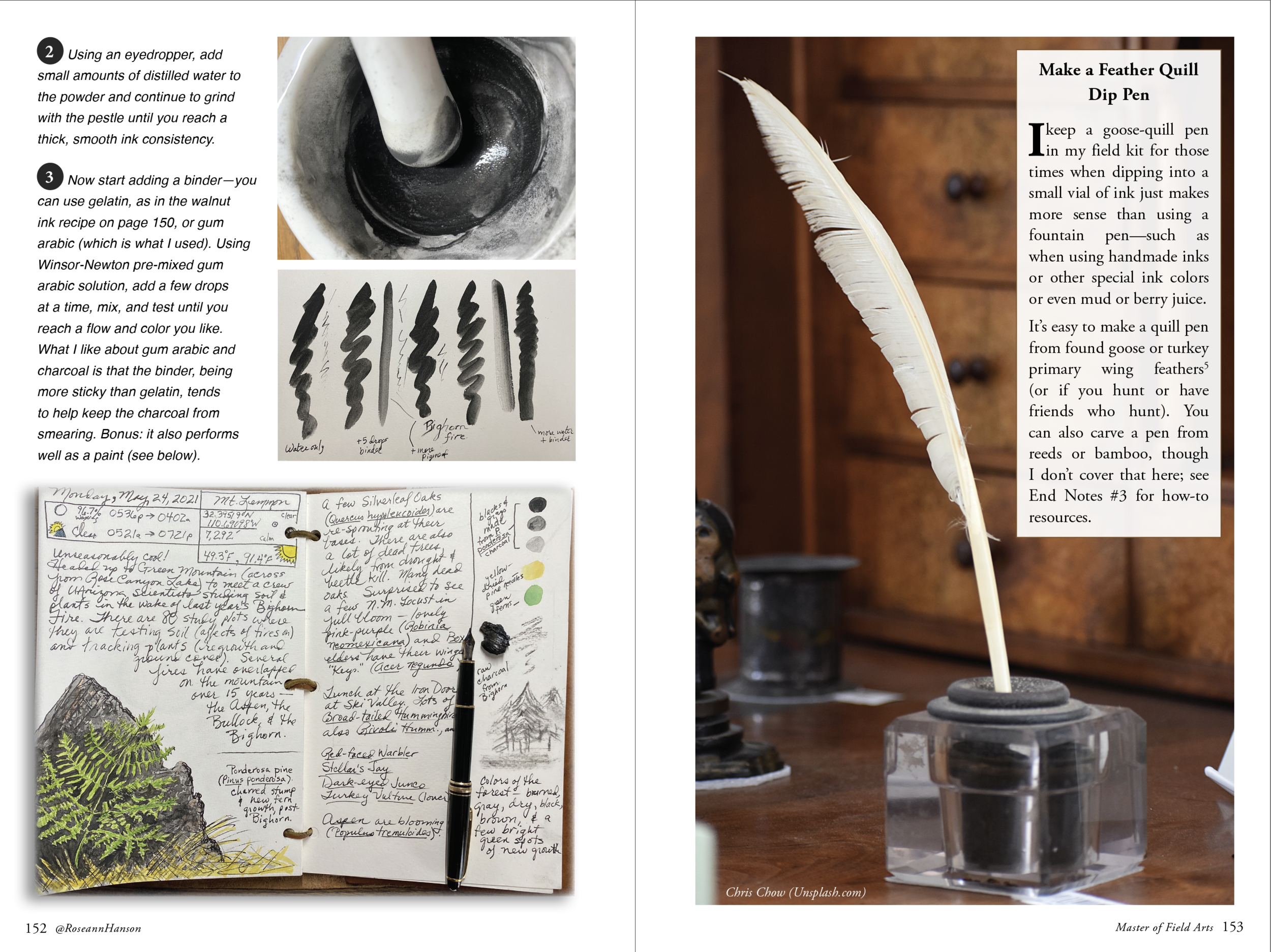

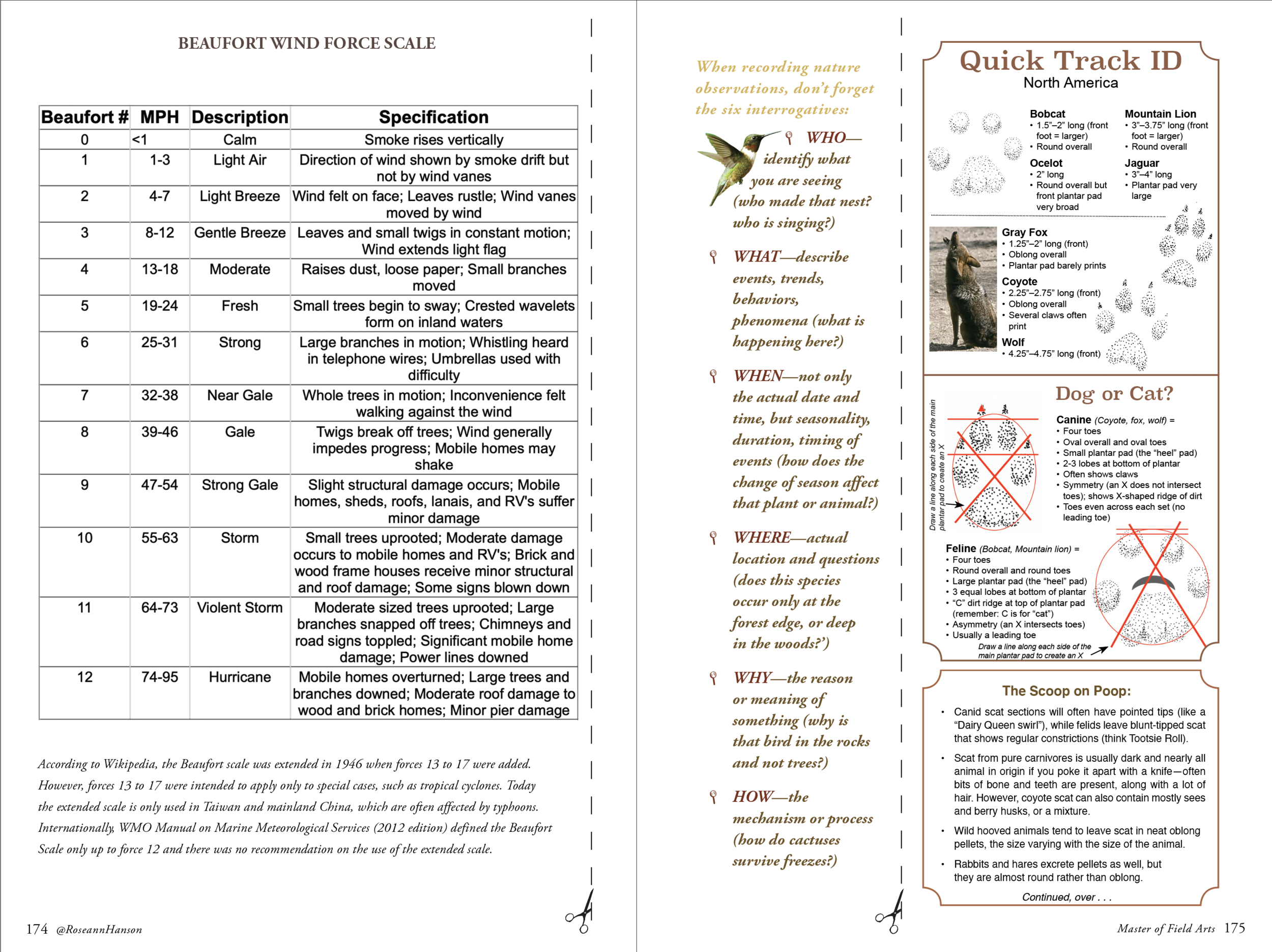
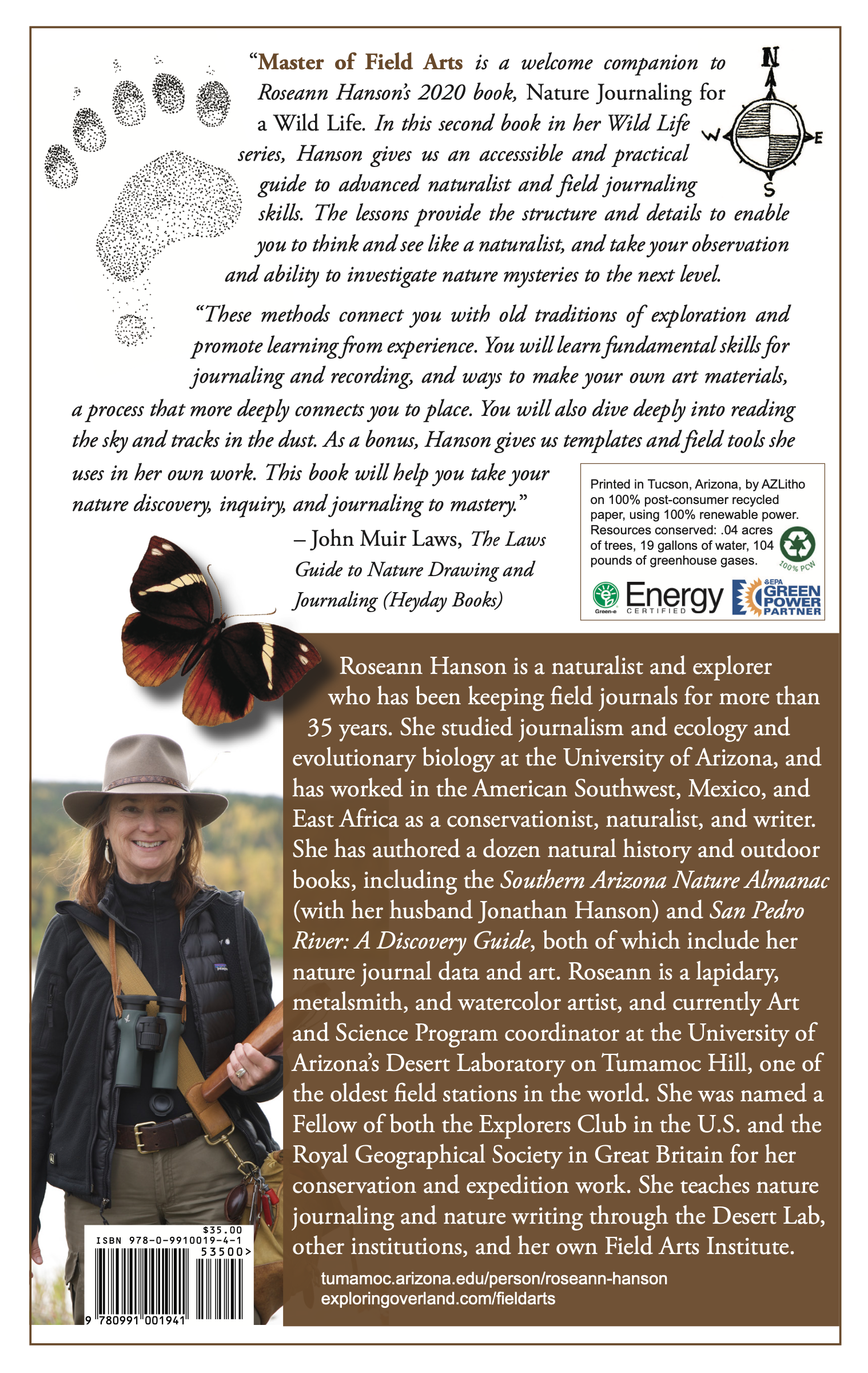
















![Virtual Field Trip: Explore the Alaskan Arctic with Roseann [FREE with registration]](https://images.squarespace-cdn.com/content/v1/5395fbd3e4b003747ed3b60a/1633106700805-BSZNORYL9XUI848790DI/IMG_E6215+1.JPG)
